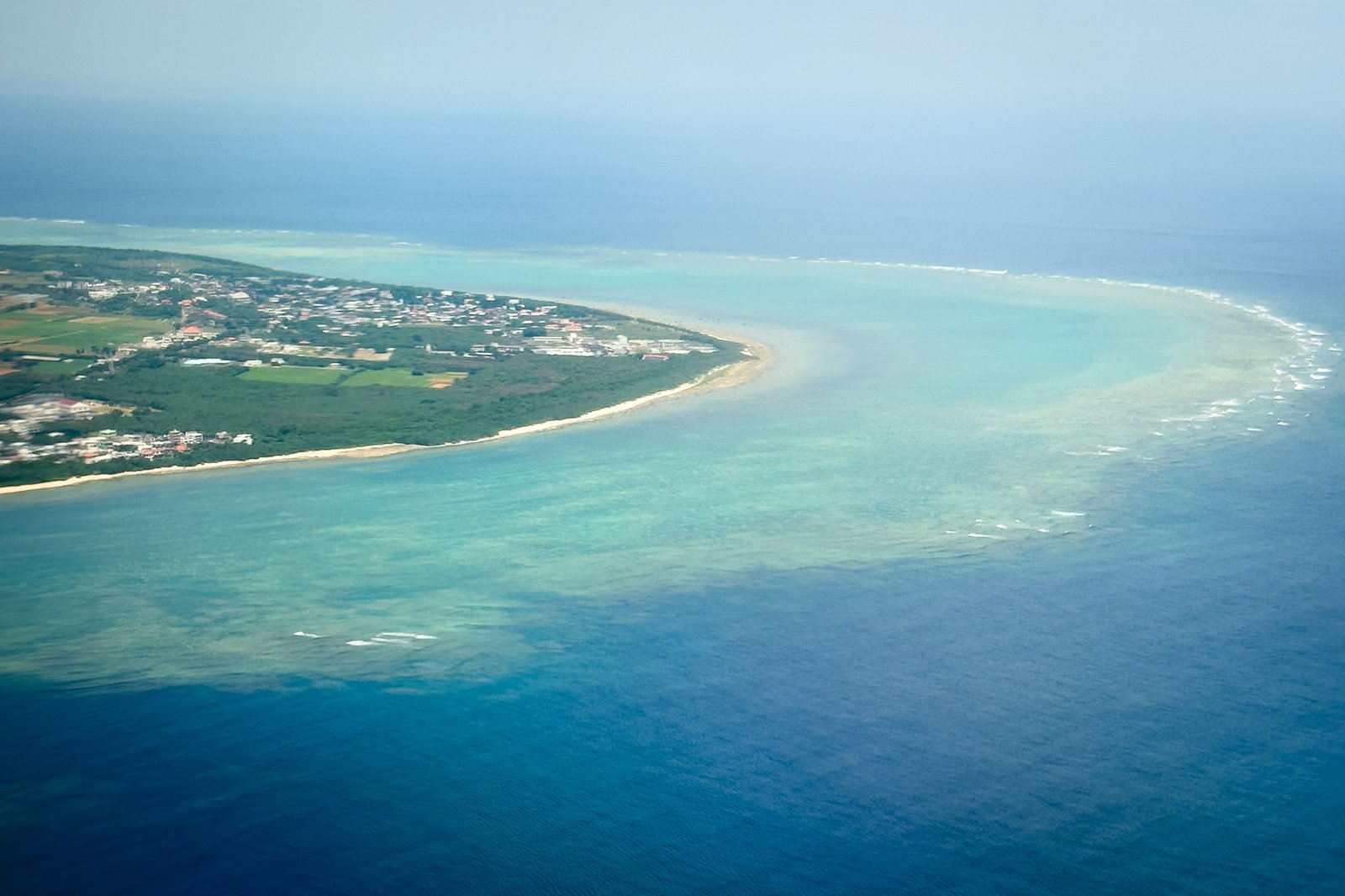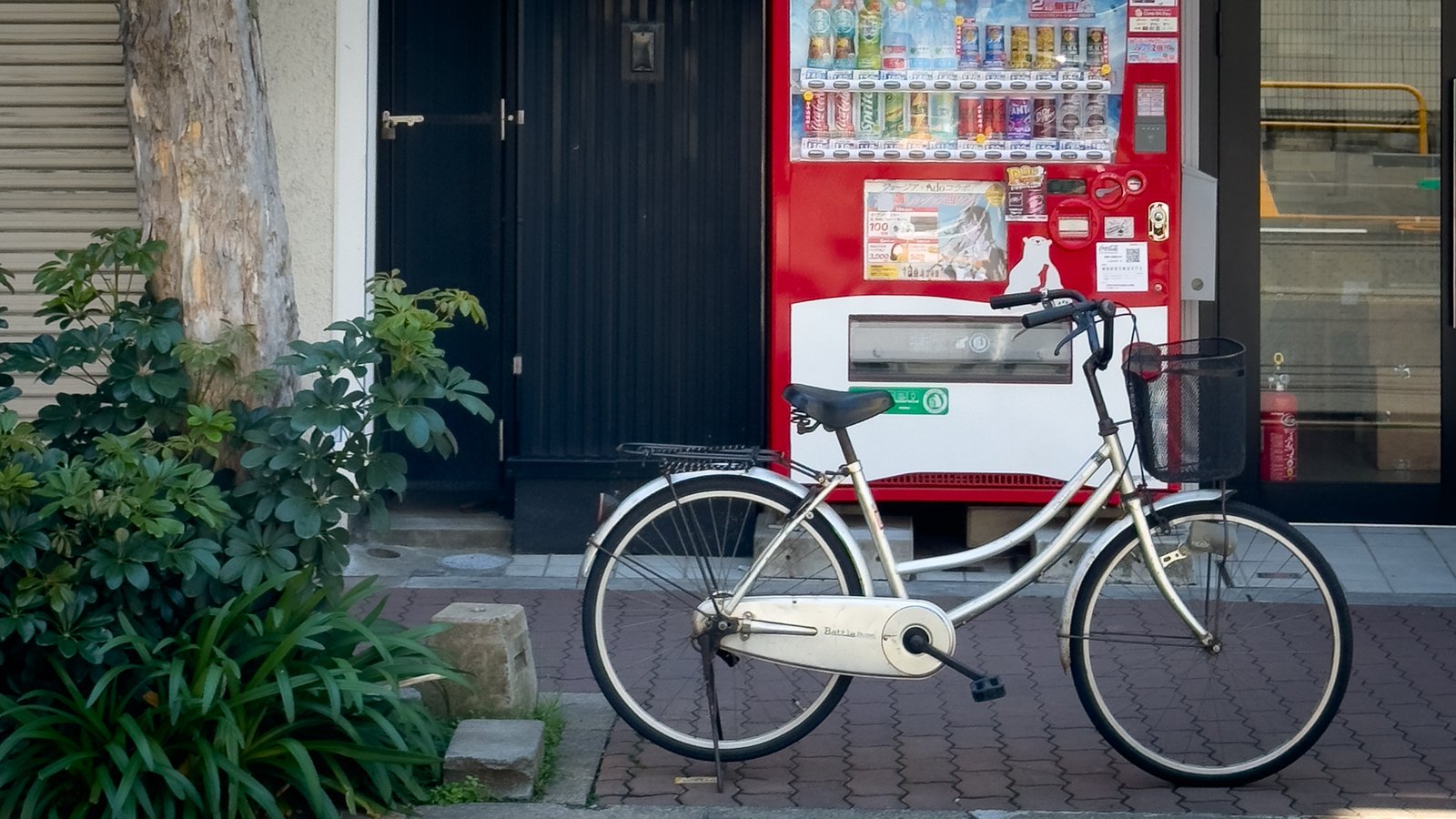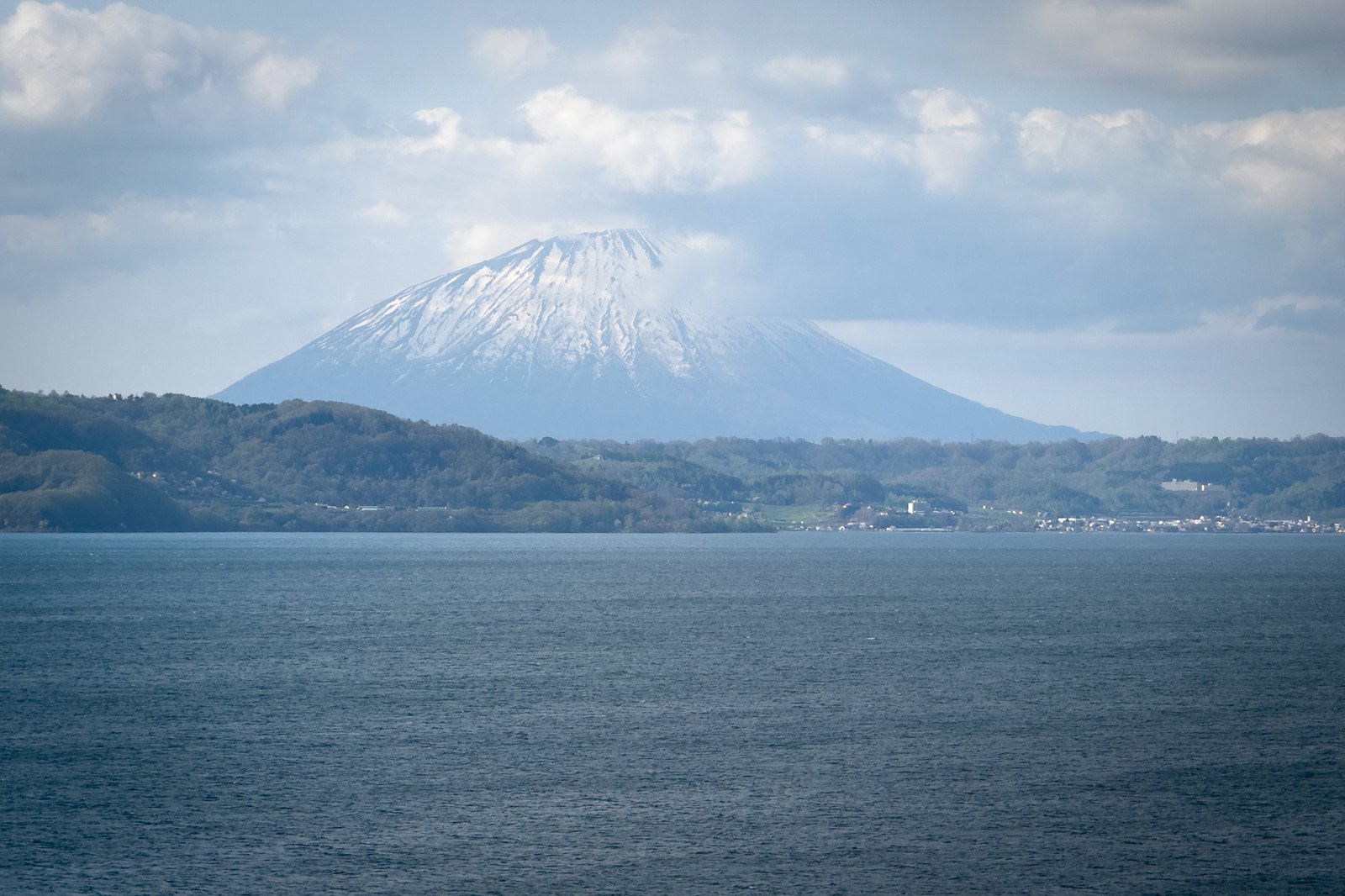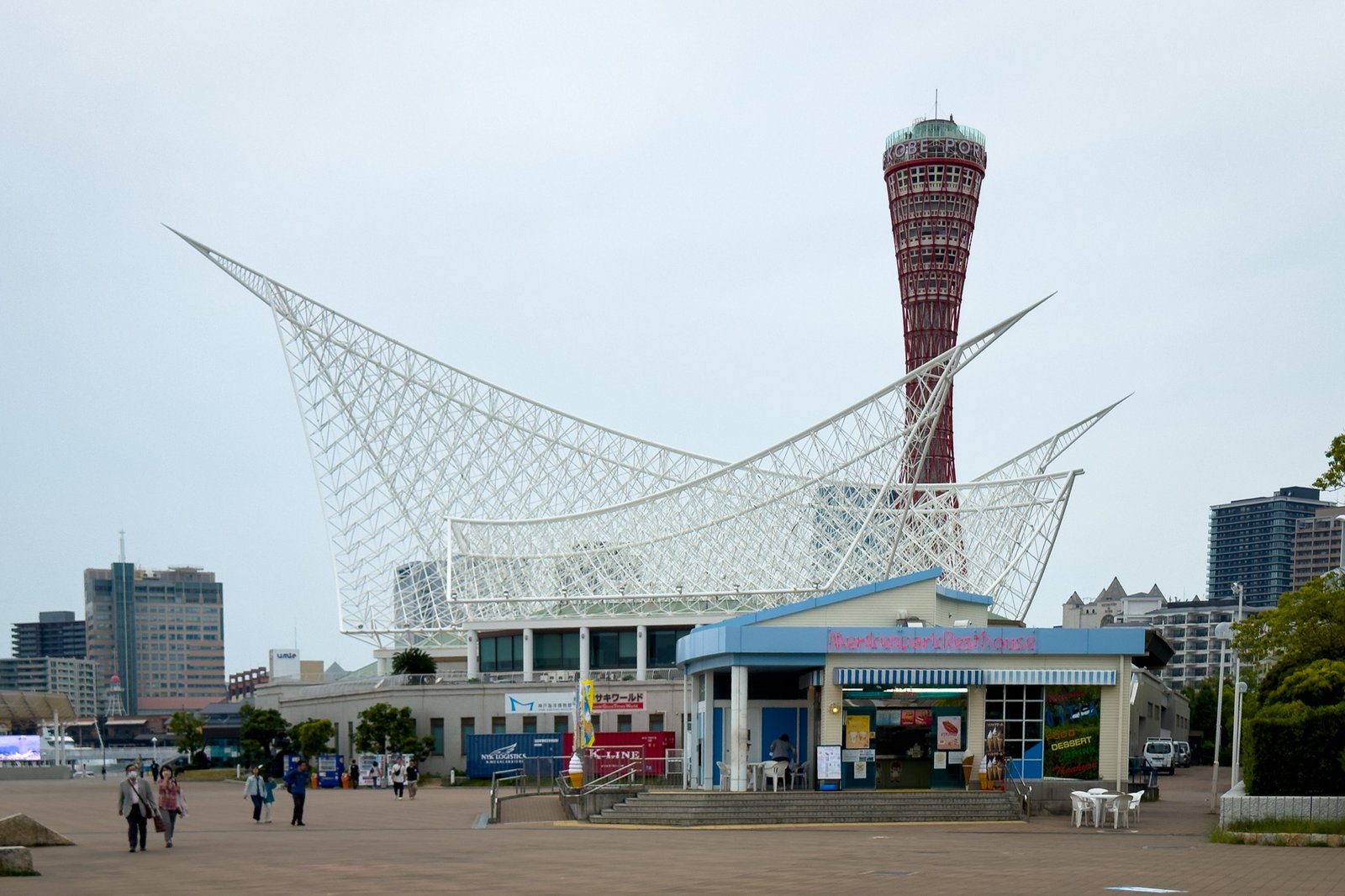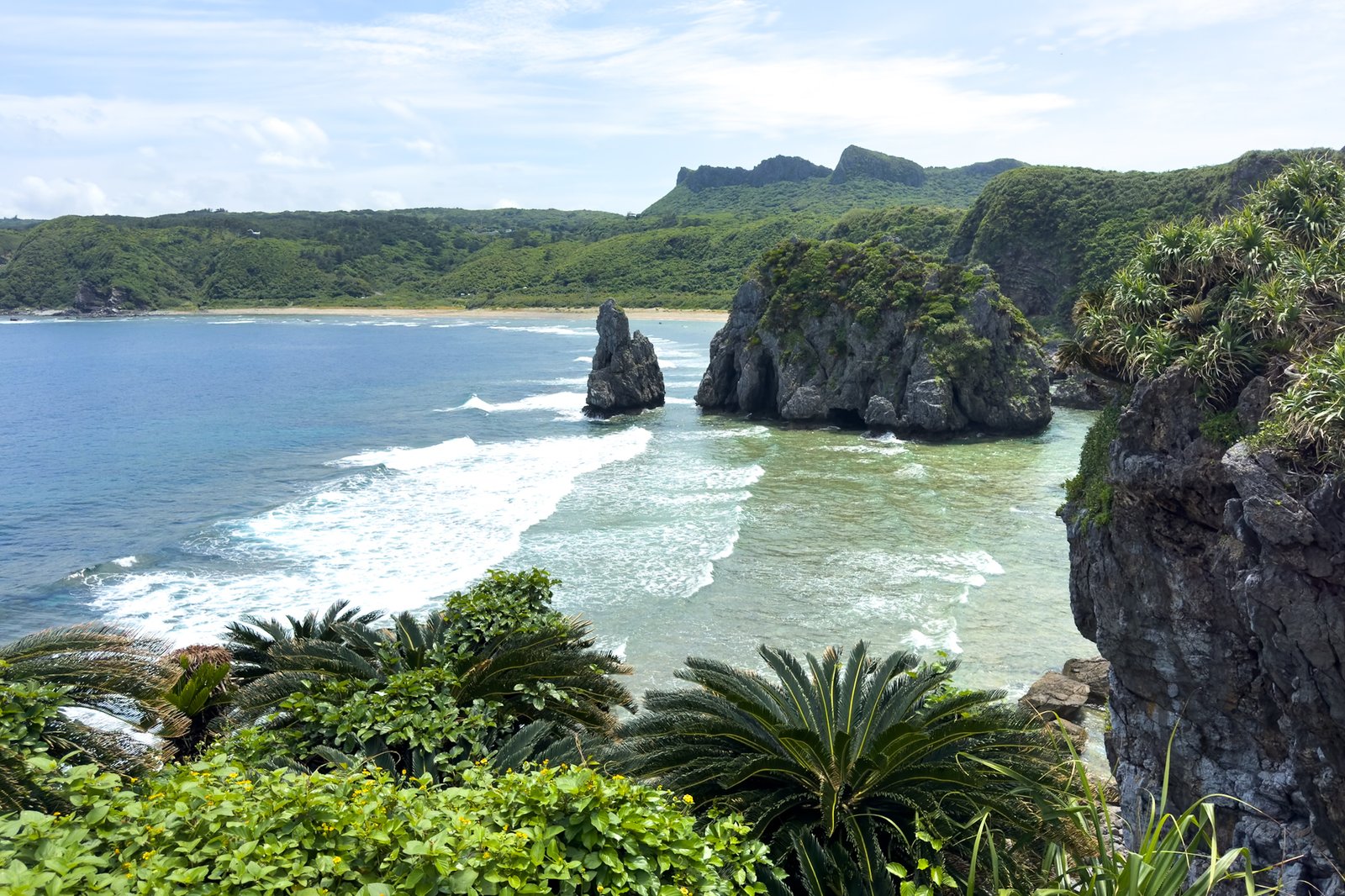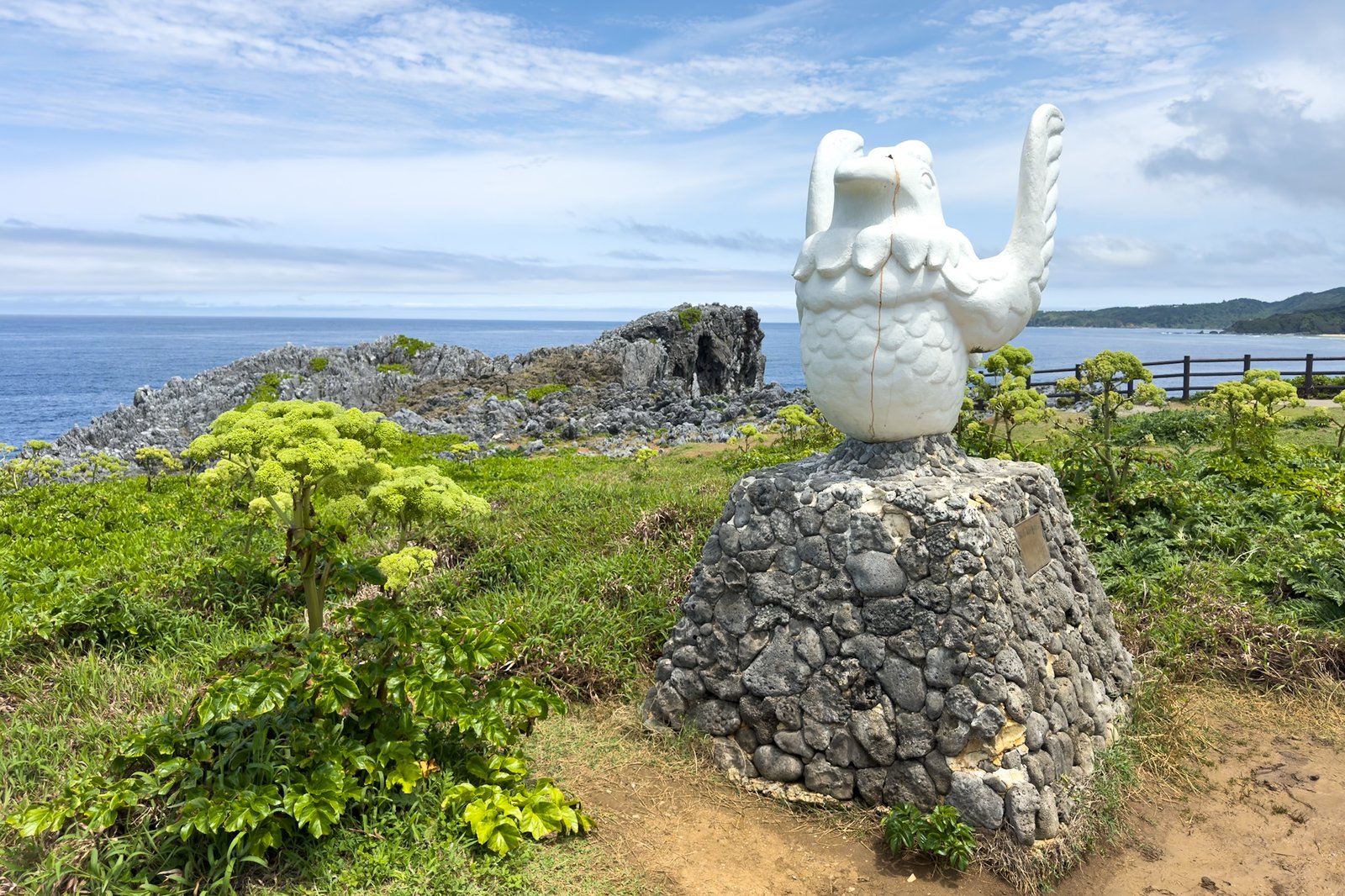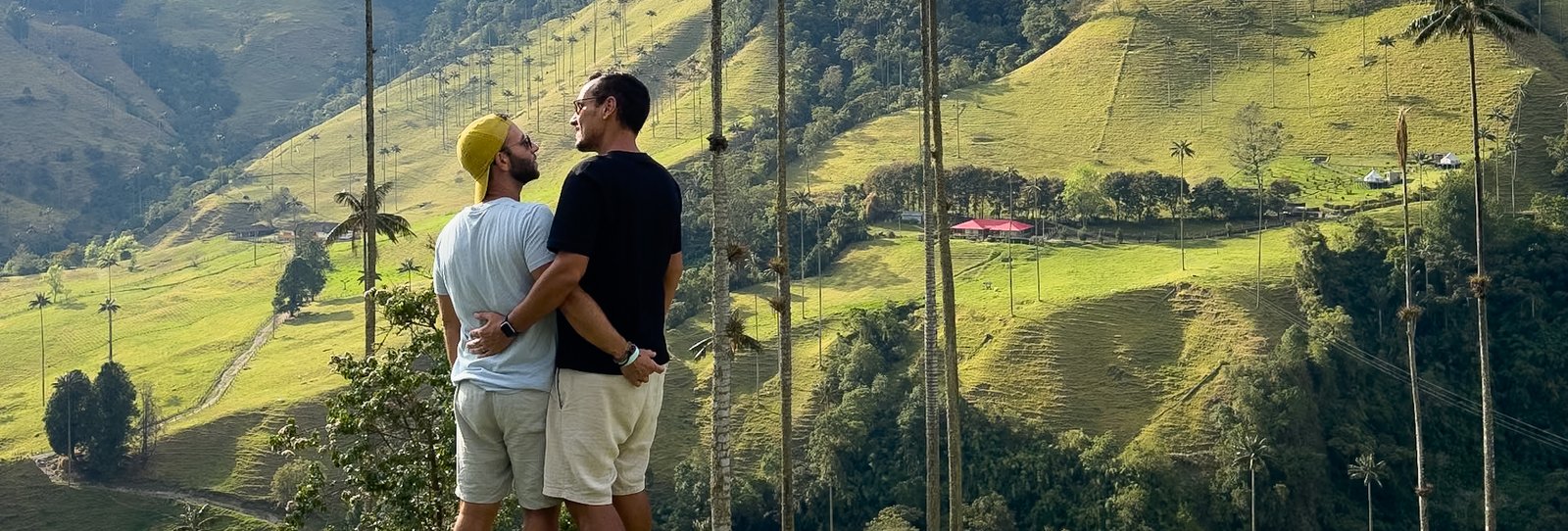Thinking about doing a road trip in Hokkaido? You’ve come to the right place. Hokkaido wasn’t part of our initial plans when we first dreamed of visiting Japan. On our first two trips to the country, we focused on the more well-known areas: Tokyo, Kyoto, Osaka, Hiroshima… But there was always a little curiosity calling us further north. And on this third trip, in 2025, we finally decided: Hokkaido deserved its own chapter in our journey.
This time, we were on a new round-the-world trip, with more time, less rush, and that desire to explore Japan beyond the classic itineraries. And Hokkaido, the northernmost island of the Japanese archipelago, seemed perfect for a road trip.
Table of Contents
Why is Hokkaido really worth it?
Hokkaido is known for its untouched nature. Mountains, volcanic lakes, onsens in the middle of forests, flower fields in summer, heavy snow in winter, and incredible cuisine all year round. If you love nature, dramatic landscapes, and places with fewer crowds, Hokkaido is probably the part of Japan that will win you over.
Moreover, it’s also the ideal place for a car trip. The roads are good, well-marked, and with little traffic. And if you think you’ll miss the buzz of big cities, don’t worry: Sapporo, the island’s capital, offers the perfect balance between a modern city and a great base to explore the region.
How much time do you need to explore Hokkaido?
We dedicated 12 days to our Hokkaido road trip, but honestly, we could have stayed twice as long. It’s a big island—really, really big—and the distances between some points require driving several hours a day.
If you have less time, we suggest focusing on one of the regions:
- Southern Hokkaido (Hakodate, Noboribetsu, Lake Toya): ideal for a 5 to 7-day trip.
- Central and northern (Sapporo, Asahikawa, Biei, Furano): perfect for summer, with flower fields and postcard-worthy landscapes.
- Eastern Hokkaido (Shiretoko, Abashiri, Akan): more remote, for those seeking raw nature and wildlife.
But if you can, we really recommend setting aside 10 to 14 days for a complete and unhurried experience.
How to rent a car in Hokkaido?
Renting a car in Japan might seem complicated at first, but the truth is it’s super simple—and in Hokkaido, it makes all the difference.
We usually use DiscoverCars or Klook to compare prices, but this time we chose to book directly through the Toyota Rent a Car website. Why? Because we wanted to pick up the car in Sapporo and drop it off in Hakodate, and the price was better when booking directly with them. Plus, for the dates we wanted, neither DiscoverCars nor Klook had available options.
Important tip: you’ll need an International Driving Permit (IDP), and it’s best to book in advance, especially if you’re traveling in spring or summer.
Best time for a road trip in Hokkaido
The best time to travel in Hokkaido depends a lot on what you’re looking for. In winter, the island is covered in snow and attracts those who want to ski or see completely white landscapes. In summer, it’s the preferred escape for Japanese people, with milder temperatures and flower fields everywhere. But if you want to explore by car with some tranquility, without extreme cold or heat, spring and autumn are great options.
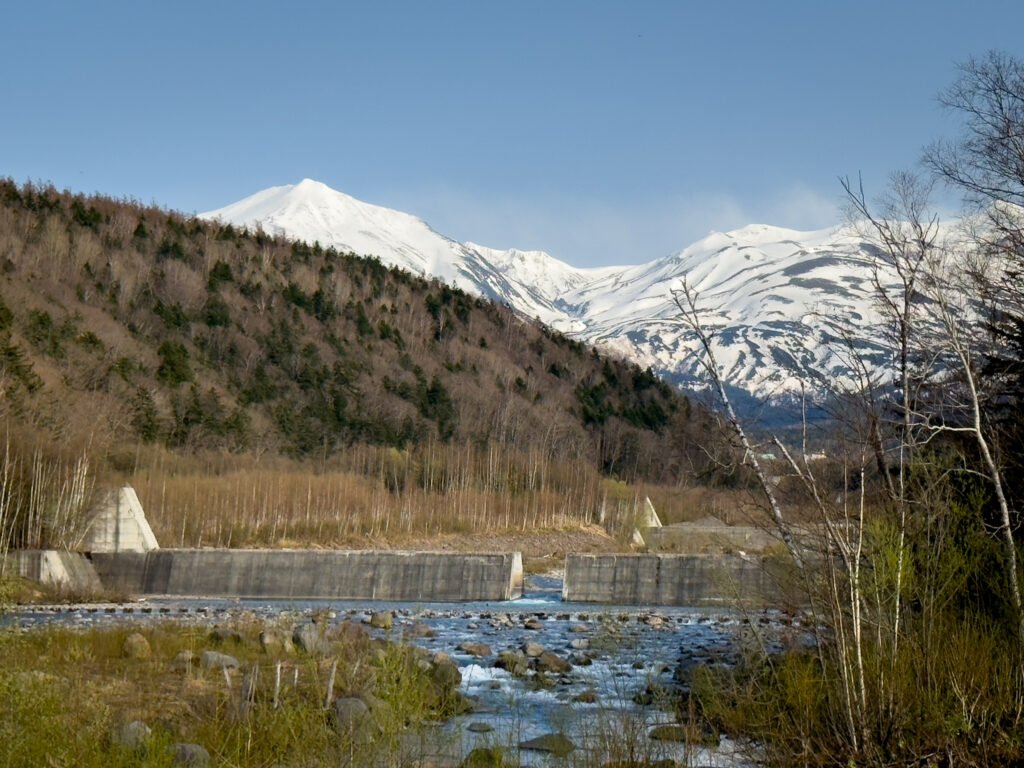
We went in early May and experienced temperatures between 5°C (41°F) minimum and 15°C to 20°C (59°F to 68°F) maximum. It was cool, but with a good jacket, it was manageable. The advantage was seeing still-green landscapes, some snowy mountain peaks, and very few people at the main tourist spots. For us, it was the ideal combination for a peaceful road trip full of nature.
How Hokkaido is different from the rest of Japan
Before visiting Hokkaido, we’d heard that this island was a “different Japan.” But it was only when we arrived that we truly understood why. During our trip, we noticed several differences compared to the rest of the country—in cuisine, architecture, the way people behave, and even in how English is spoken.
- Unique cuisine: wines and dairy products
In Hokkaido, food tastes different. It’s one of the few regions in Japan where high-quality cheese is produced and where dairy products are part of the local identity. During our road trip, we tried artisanal cheeses and visited wineries in Furano, a wine-producing area inland. We did wine tastings, bought a bottle to take home, and even enjoyed a cheese platter with a mountain view. An experience we didn’t find anywhere else in Japan.
Additionally, the seafood is incredibly fresh—crab, sea urchin, and salmon are some of the stars of Hokkaido’s cuisine. It’s a perfect region for those who love good food and discovering unique flavors. - More Western-influenced architecture
Another thing that stood out was the architecture. Since it was developed later—during Japan’s modern era—Hokkaido has many buildings with Western influences, especially in cities like Hakodate and Sapporo. We found European-style houses, Christian churches, and more open structures, with wide streets and urban planning less typical of traditional Japan. - Fewer ancient temples
Unlike cities like Kyoto or Nara, Hokkaido isn’t a destination for seeing ancient temples or thousand-year-old shrines. There are some, of course, but far fewer. This is because the region was colonized more recently and has a history more tied to the Ainu, Hokkaido’s indigenous people, than to the Buddhist and Shinto traditions seen in other parts of the country. - A more relaxed mindset
We also noticed that people in Hokkaido are more open and relaxed. There’s less formality, less rush, and more smiles. Maybe because it’s a more rural and less dense area, or because of the historical influence of migrants who came from various parts of Japan to populate the island. The truth is, we felt more at ease chatting, asking questions, and even making mistakes in Japanese. - More English is spoken
A positive surprise: in Hokkaido, it’s much easier to find people who speak English. From hotel and restaurant staff to people at service stations, we felt there was more openness to communicating in English. This makes the travel experience more accessible, especially for those who don’t speak Japanese.
If you’re thinking of traveling through Hokkaido, get ready to discover a different side of Japan—calmer, more open, and with unique flavors. We loved it, and we think you will too.
Our Hokkaido road trip itinerary
When we decided to explore Hokkaido, we knew we wanted to do everything at our own pace. No rushing after summer flowers or winter adventures. Instead, we opted for a relaxed road trip, focused on discovering the calmer, more authentic side of this incredible island in northern Japan.
Our trip started in Sapporo, where we arrived by plane from Nagoya. We rented the car right outside the city and set off into the heart of Hokkaido. At the end of the trip, we returned the car in Hakodate, where we took the ferry to Aomori, already on Japan’s main island.
If you’re looking for mountain trails, extreme activities, or endless flower fields, this itinerary isn’t for you. We didn’t go during the flower season (that’s more in summer), nor did we want to do winter sports. Our plan was simple: to discover a more serene Hokkaido, with great food, breathtaking landscapes, and small stops that made us fall even more in love with this island.
Sapporo: 3 nights
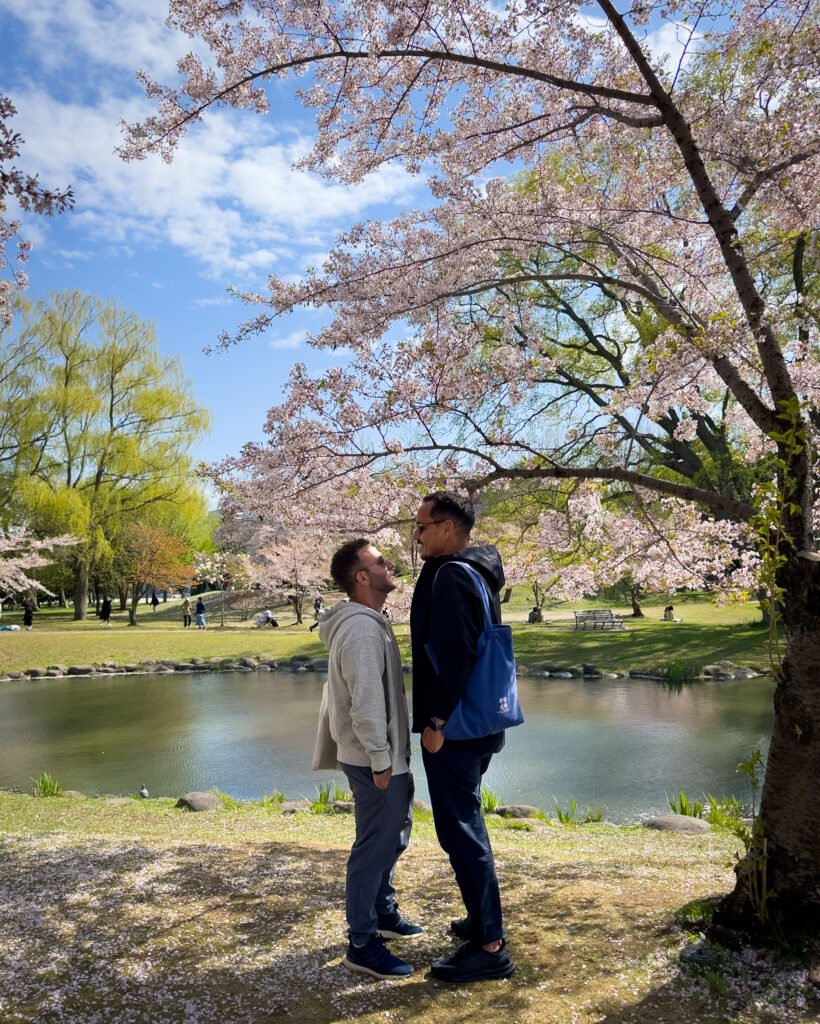
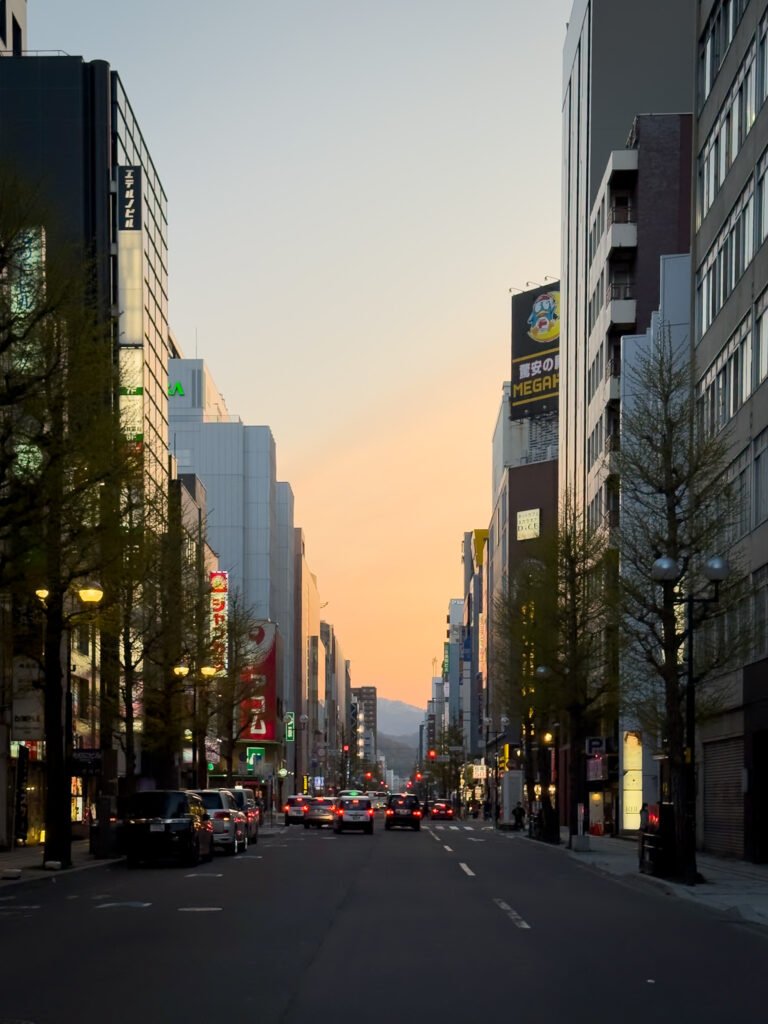
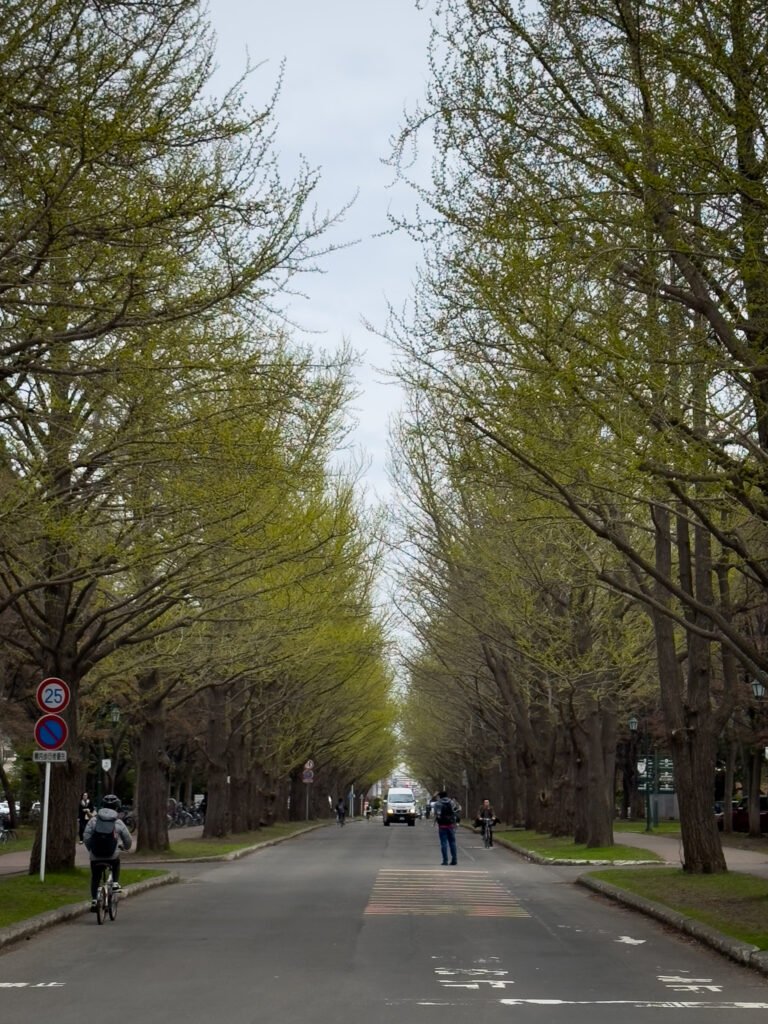
We stayed three nights in Sapporo, and it was the ideal starting point. We were right in the middle of sakura season, and Nakajima Park was simply magical. May turned out to be perfect for seeing cherry blossoms in bloom, without the crowds.
During those days, we explored the city center, tried the famous Sapporo ramen, and let ourselves be surprised by the relaxed vibe of Hokkaido’s capital.
See our suggestions for what to do in Sapporo and where to stay in Sapporo.
Asahikawa: 2 nights
After Sapporo, we rented the car and hit the road. The day’s final destination was Asahikawa, but of course, the plan was to make stops along the way.
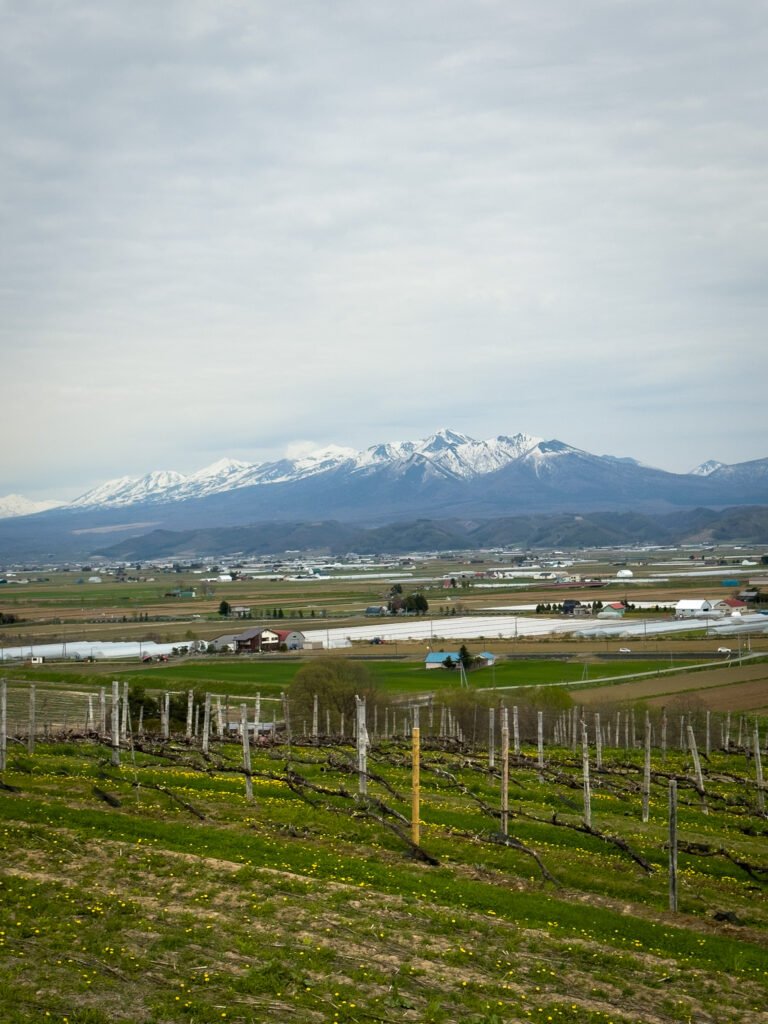
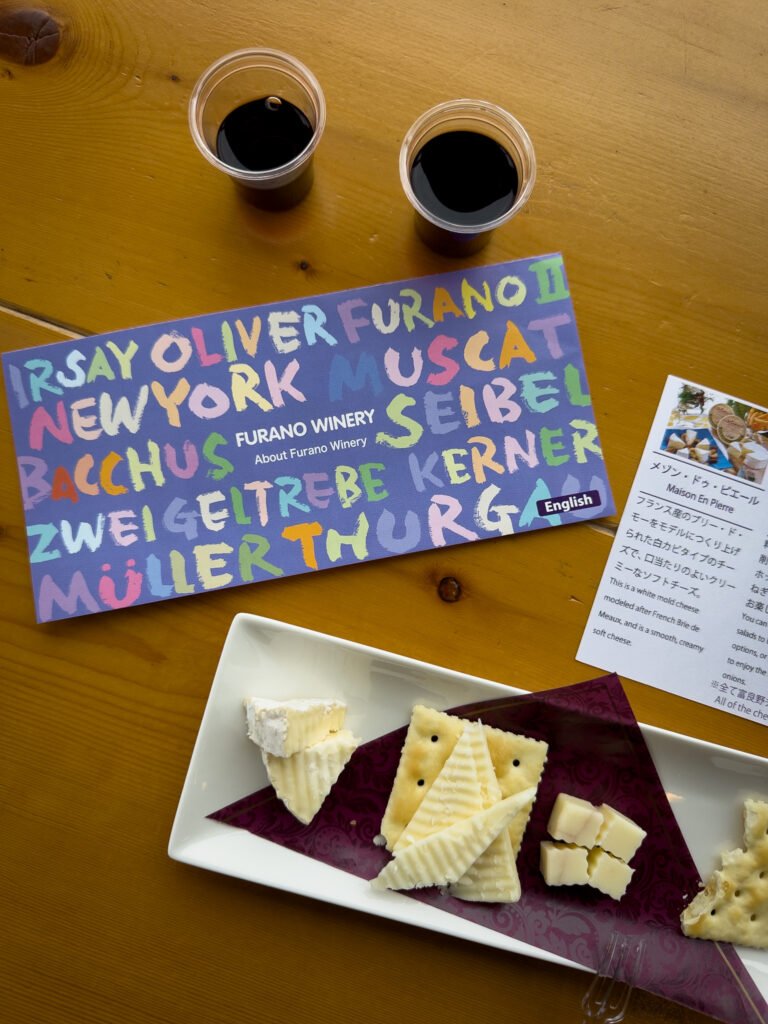
The first stop was Furano, known for its summer flower fields but also for local wine production. We visited Furano Winery, where we took a self-guided tour and sampled some wines. We even bought a bottle to take home, along with a platter of regional cheeses. Everything was delicious!
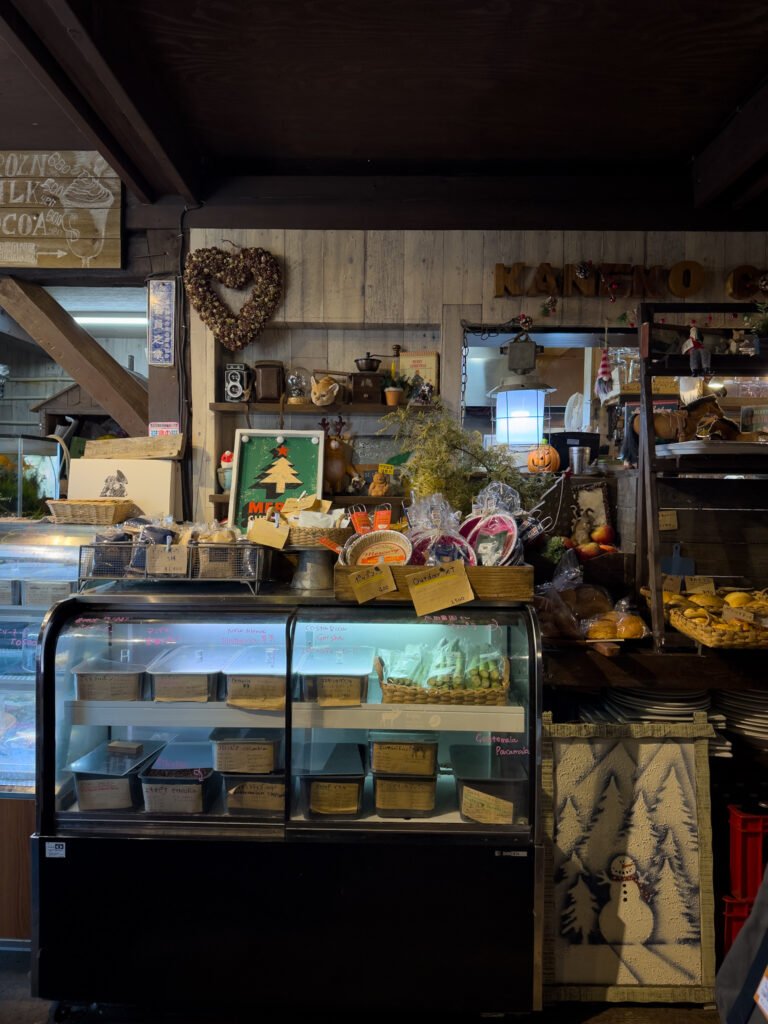
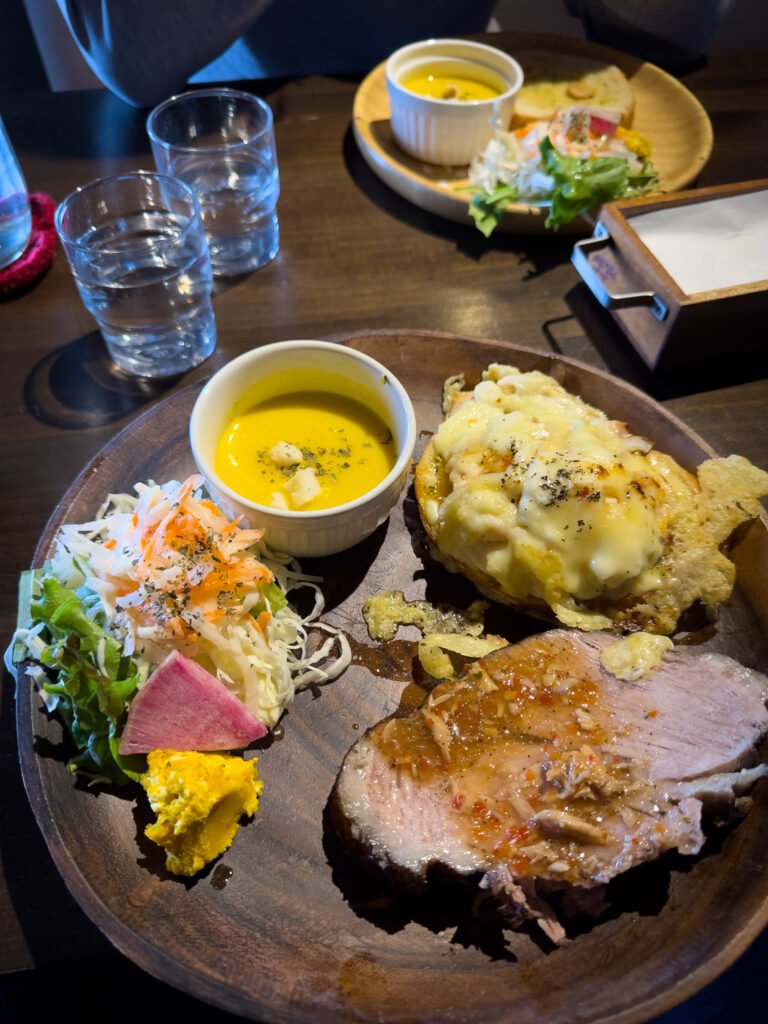
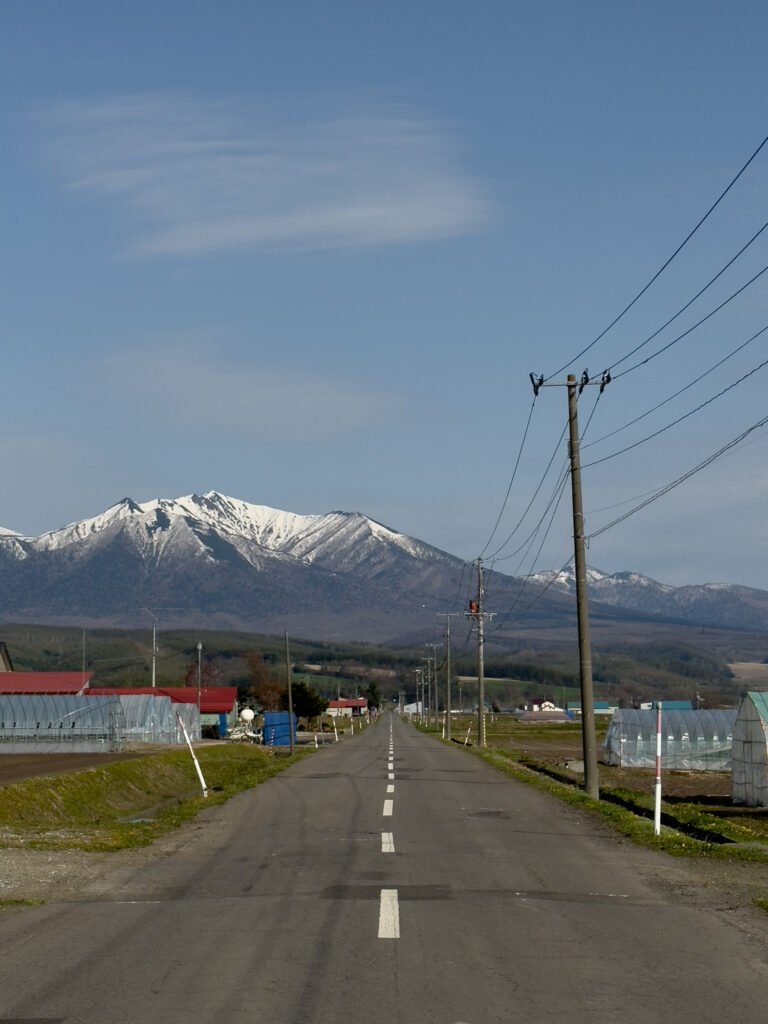
Lunch was at a farm called Kaneko Coffee Beans KCB Farmette—a charming spot with mountain views where we ate some pork roasts that still make our mouths water. They also have fresh bakery and pastry items, all made right there.

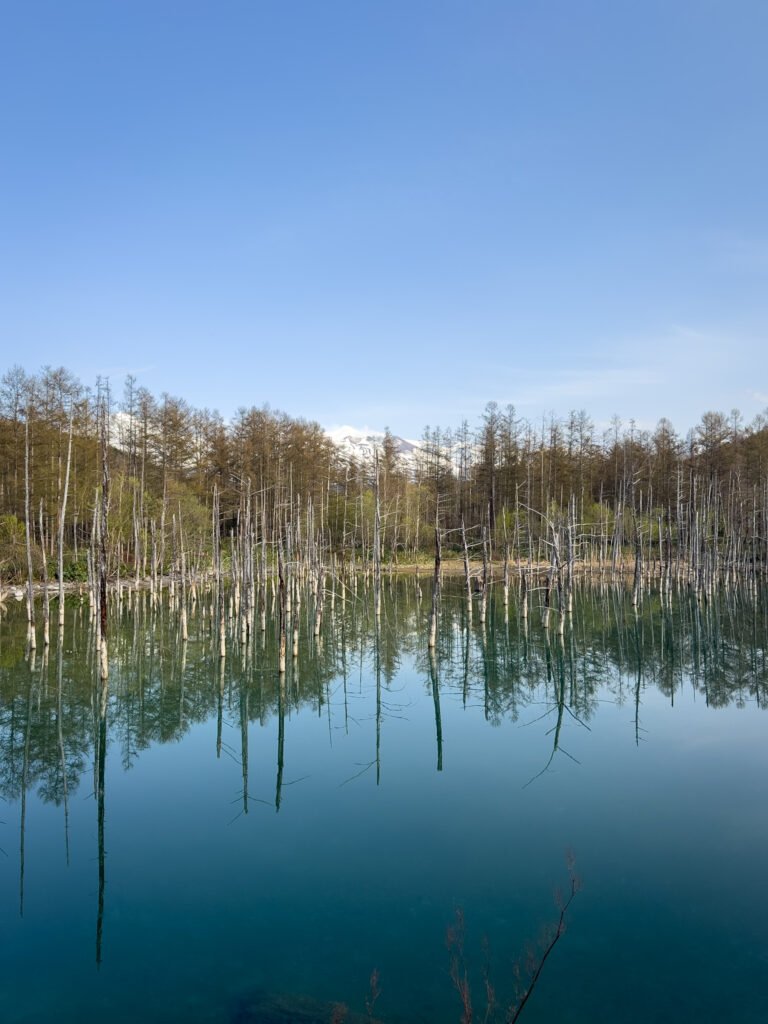
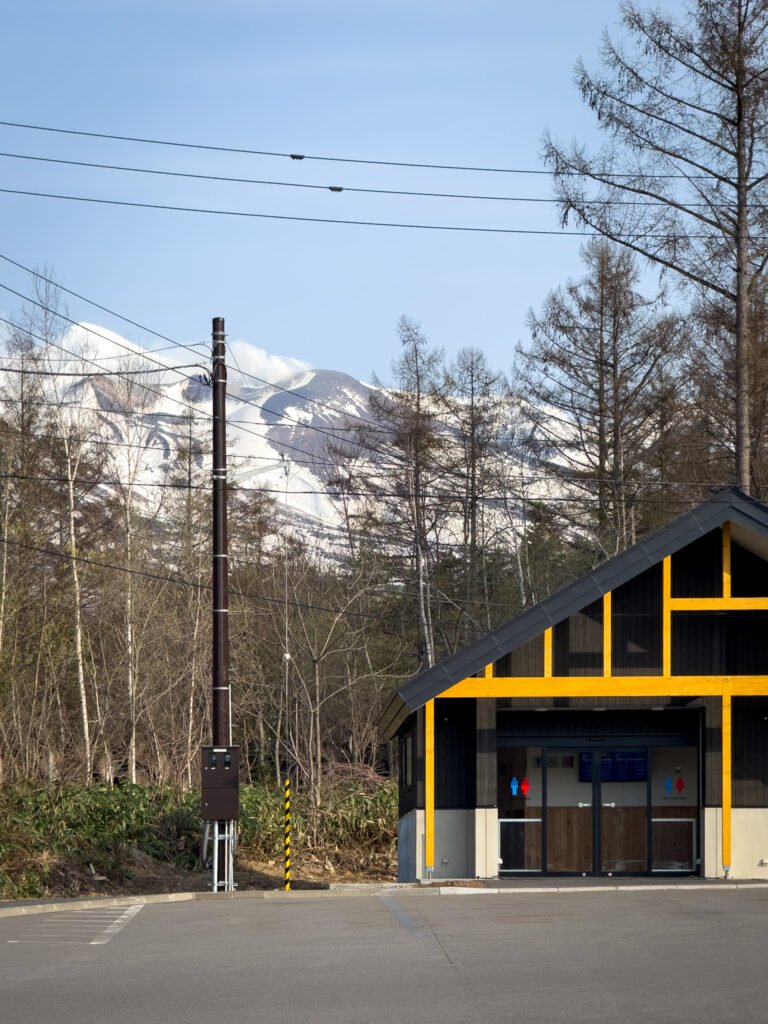
With full stomachs, we continued our journey to the famous Blue Pond, one of Hokkaido’s most impressive landscapes. The park costs 500 yen, but it’s worth every penny—not just for the surreal blue tone of the water but also for the mountain views in the background. It’s one of those places that looks like it’s straight out of a postcard.
After Blue Pond, we headed straight to Asahikawa. The drive through rice fields at sunset is a unique experience. We arrived in Asahikawa, where we rested and planned the next day.
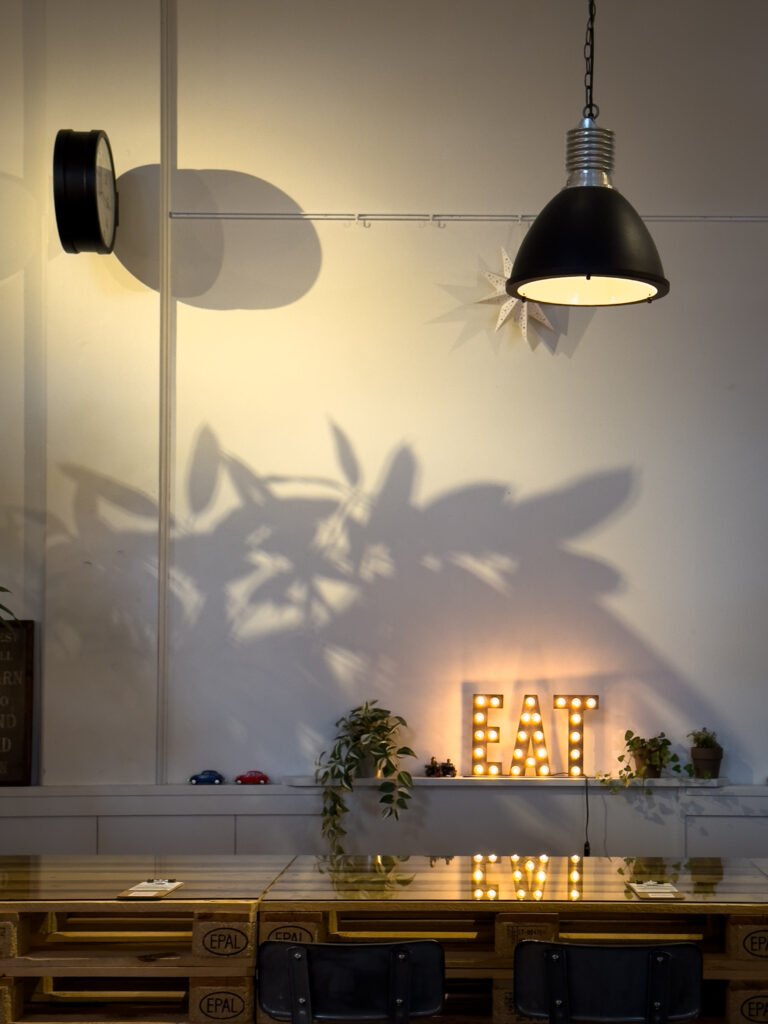
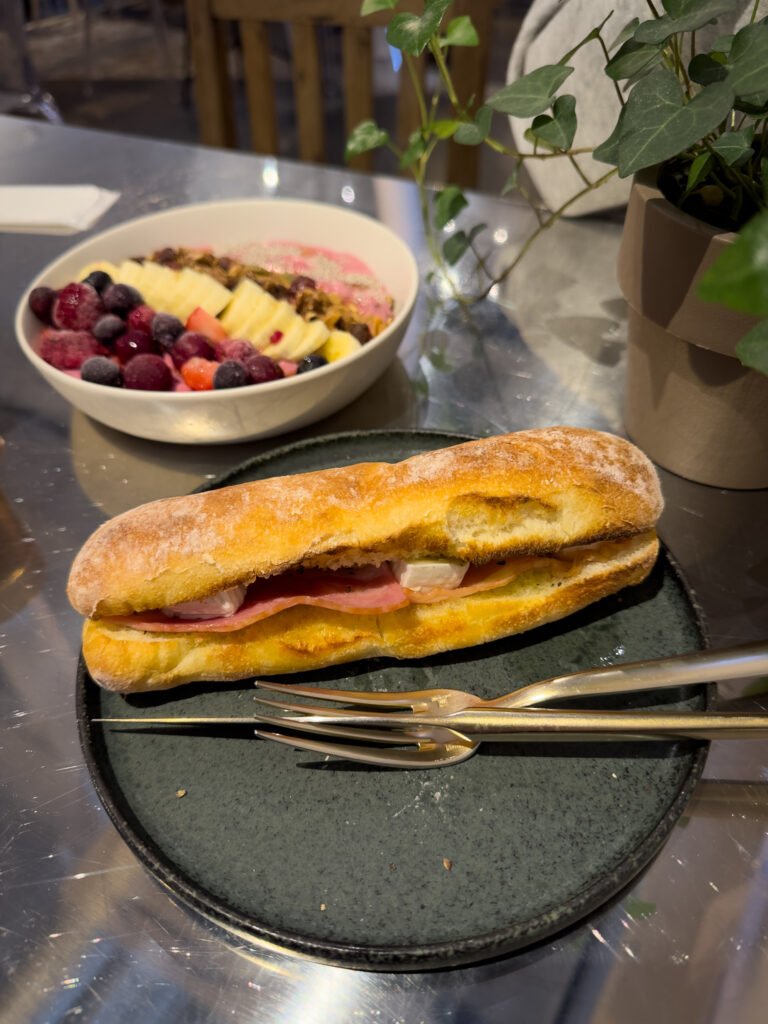
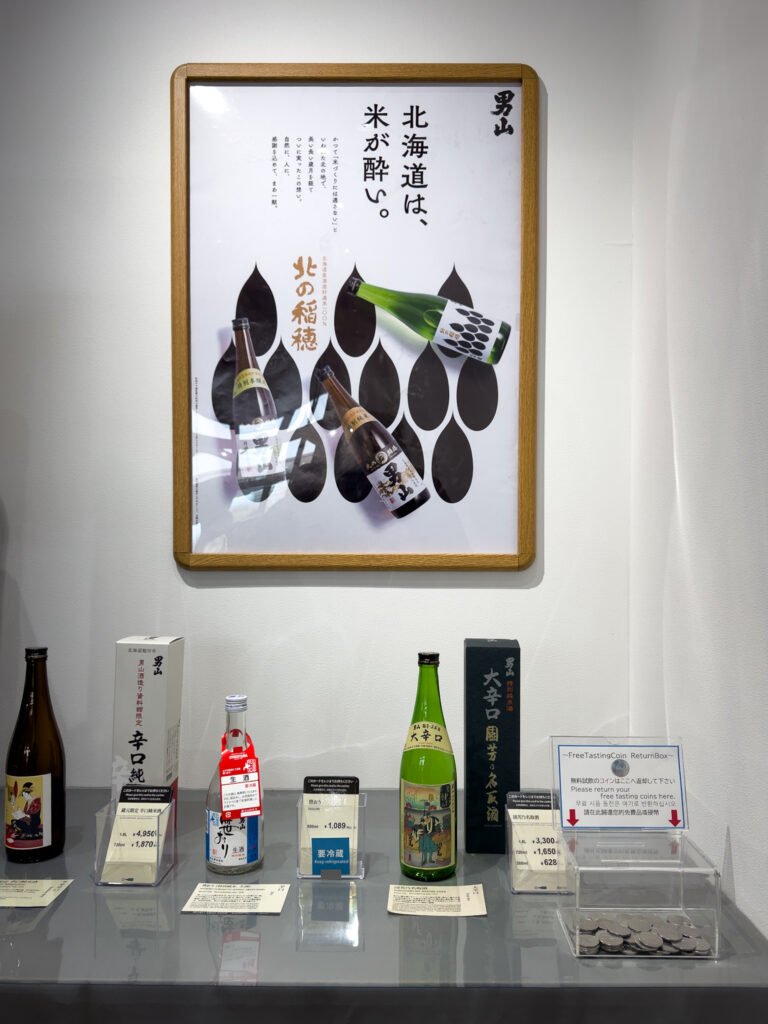
The next day, a rainy day in Asahikawa, we took the opportunity to stroll around the center and have lunch at a charming café—Lampstand, with a truly special atmosphere. Later, we visited Otokoyama Sake Park, where we learned more about the traditional sake-making process. Entry and tasting are free, but drivers can’t drink since it’s illegal to drive with alcohol in your blood in Japan.
We bought a few small bottles to take with us and later opened them at the hotel with supermarket sushi—a simple and perfect way to end the day.
See our suggestions for what to do in Asahikawa and where to stay in Asahikawa.
Otaru: 1 night
Before heading from Asahikawa to Otaru, we took advantage of a break in the rain for one last walk around the city. We started with a stroll down Heiwa Dōri Shopping Street, the main pedestrian street, where you can feel the city’s laid-back daily life. Then we went to Tokiwa Park, a beautiful green space right in the center—we caught the cherry blossoms in bloom and also saw countless colorful tulips, a true spring scene.

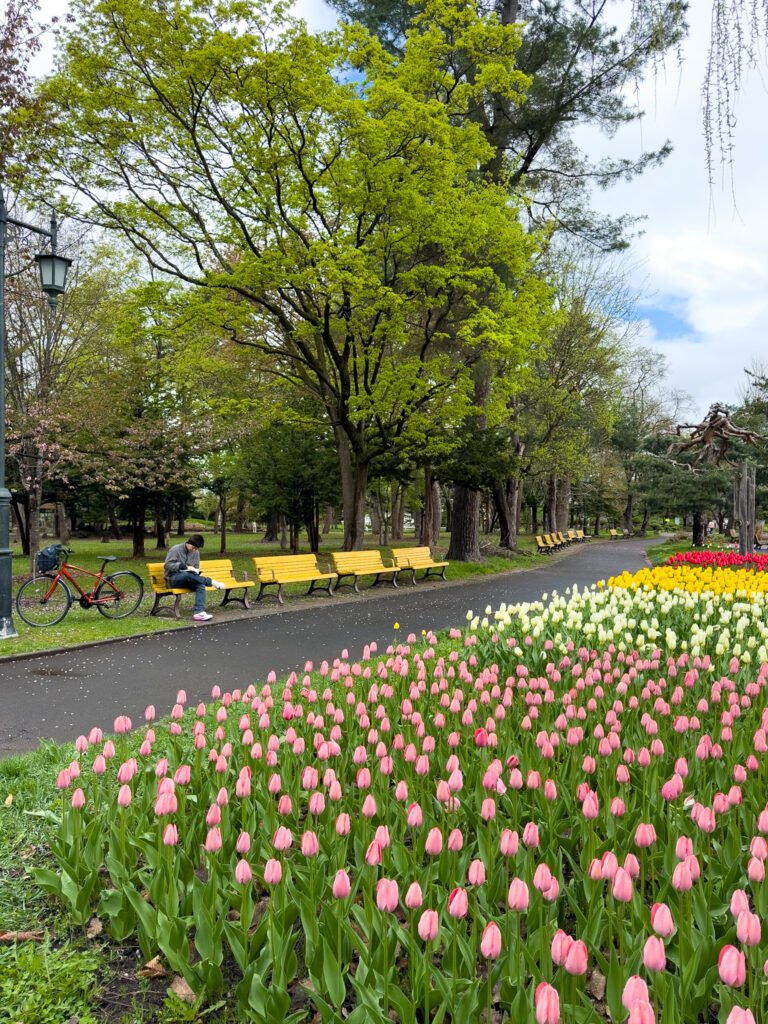
We passed by the Asahikawa Museum of Art but ended up not going in—that’s for next time. We still had time for a break at Coffee Stand Container, a small, relaxed café perfect for recharging before hitting the road again.
Right after leaving the city, we stopped at Maruka Highland Observation Deck. The view from there is incredible: open fields, mountains in the distance, and a peace that’s hard to describe. It’s one of those places that doesn’t usually appear in guides but is totally worth it.

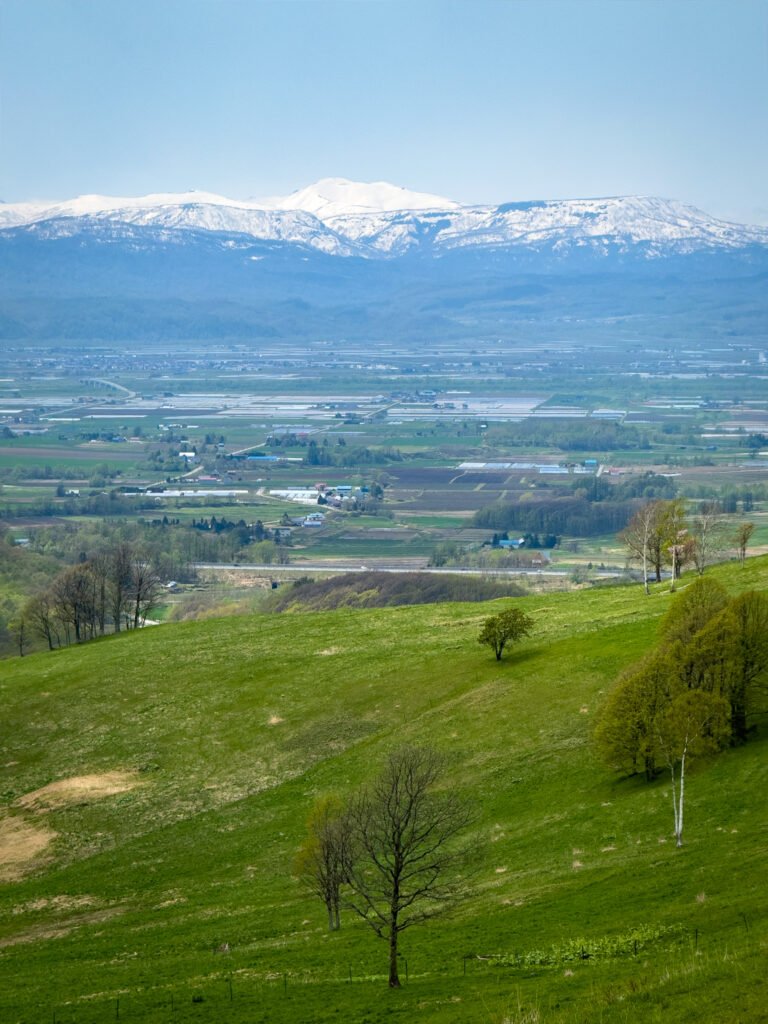
We continued our journey with a simple plan: to eat at a ramen shop we’d randomly found on the map. We stopped at らーめん巌窟王 岩見沢ピラミッド店, where we tried Hokkaido-style miso ramen—intense flavor, hot broth, and one of those meals that warms you from the inside. A true surprise along the way.


We arrived in Otaru in the late afternoon. We still explored the city’s main street, saw the famous steam clock, and sampled sake at a local shop. For dinner, we chose a traditional brewery, with great food and a cozy atmosphere. Before nightfall, we made a quick stop at the Otaru Canal, with the lights reflecting on the water—a perfect ending to a day full of discoveries.
See our suggestions for where to stay in Otaru.
Lake Toya: 2 nights
We left Hotaru heading to one of the region’s best viewpoints: Kenashiyama Observation Point. On one side, we could see the city and the sea; on the other, green mountains still covered in snow. The landscape was breathtaking.

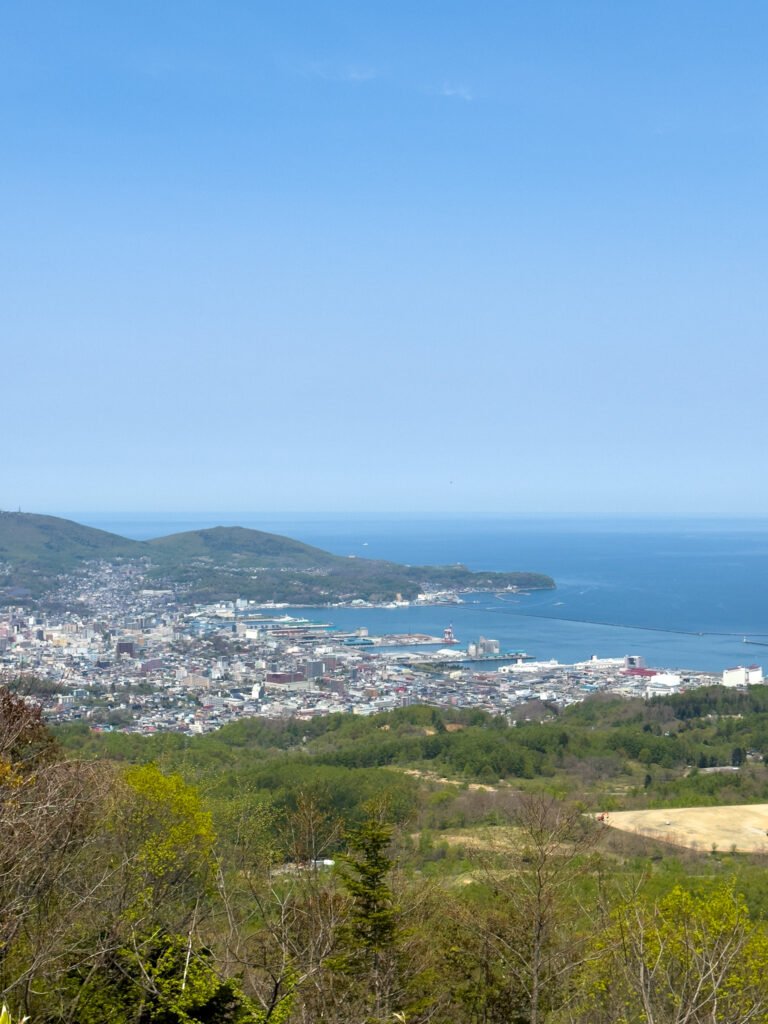
We continued along Route 393, a scenic road with incredible views of Mount Yotei, known as “Hokkaido’s Fuji.” It was impossible not to stop by the roadside to admire it—it was undoubtedly one of the most beautiful landscapes we saw in Hokkaido.
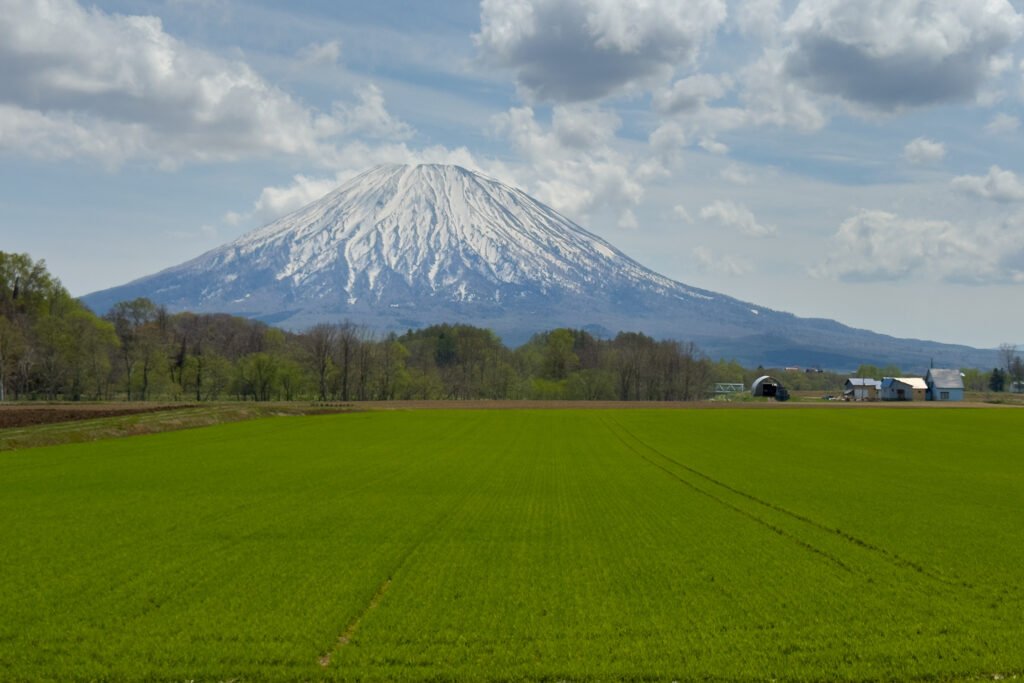
From there, we headed to Niseko, a village famous for ski resorts, but since we were there outside the snow season, the atmosphere was much calmer. We had lunch at a surprisingly beautiful convenience store (only in Japan!) and then stopped for coffee at a % Arabica that seemed to have fallen from the sky.
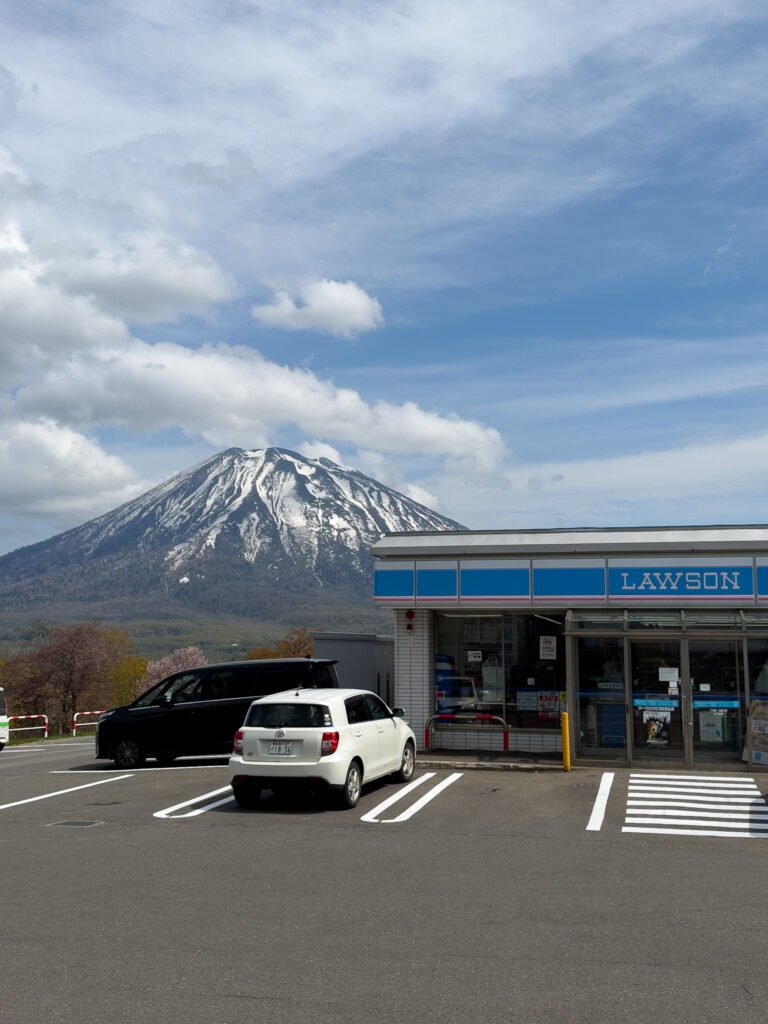

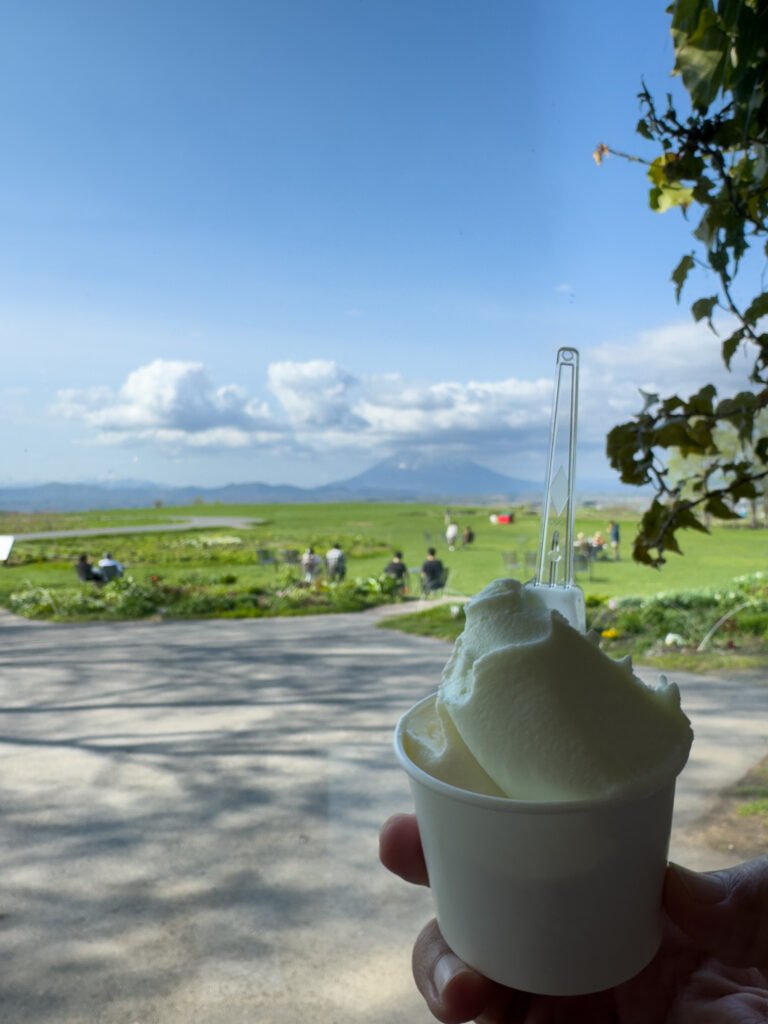
On the way to Lake Toya, we made two must-stop detours. The first was at Silo Observation Deck in Shikotsu-Toya National Park for the first breathtaking views of the lake. The second was at Lake Hill Farm, where we tried delicious ice cream with Mount Yotei in the background completing the scene.
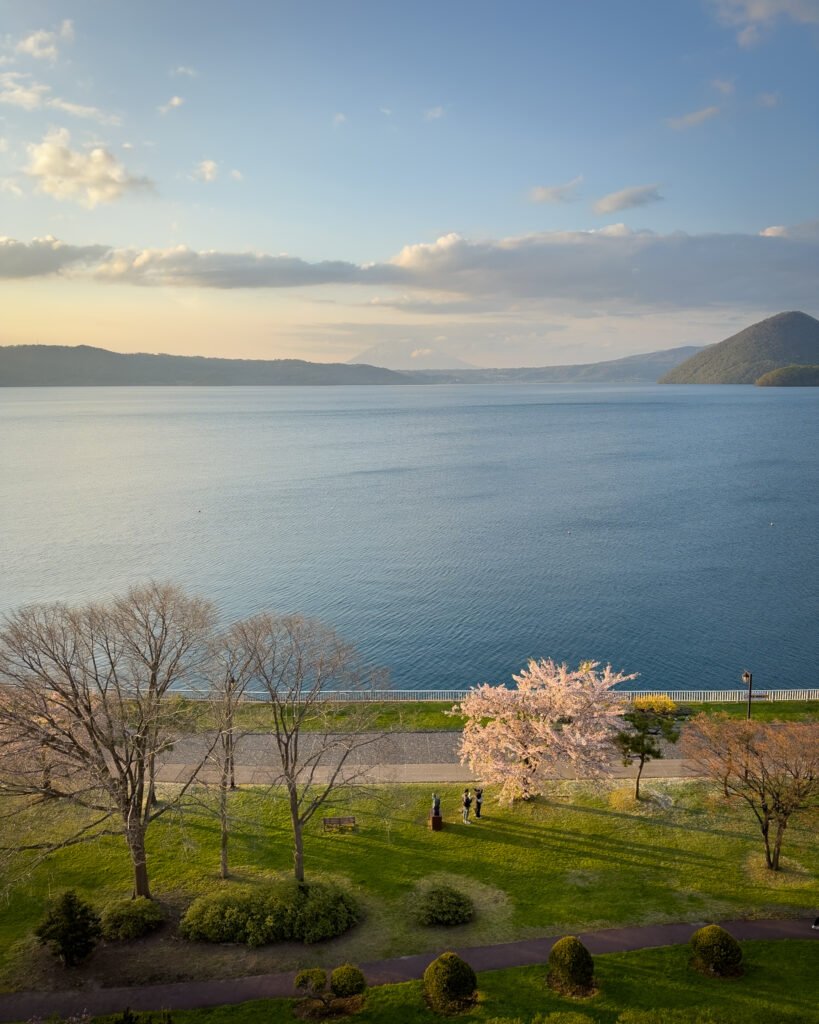
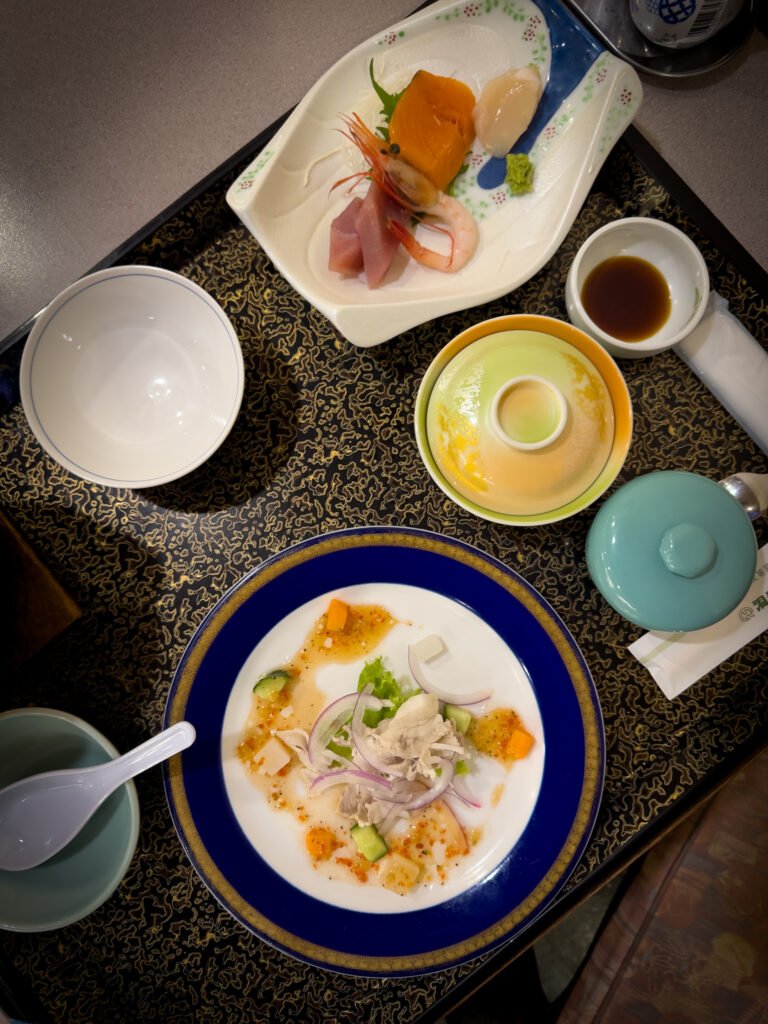
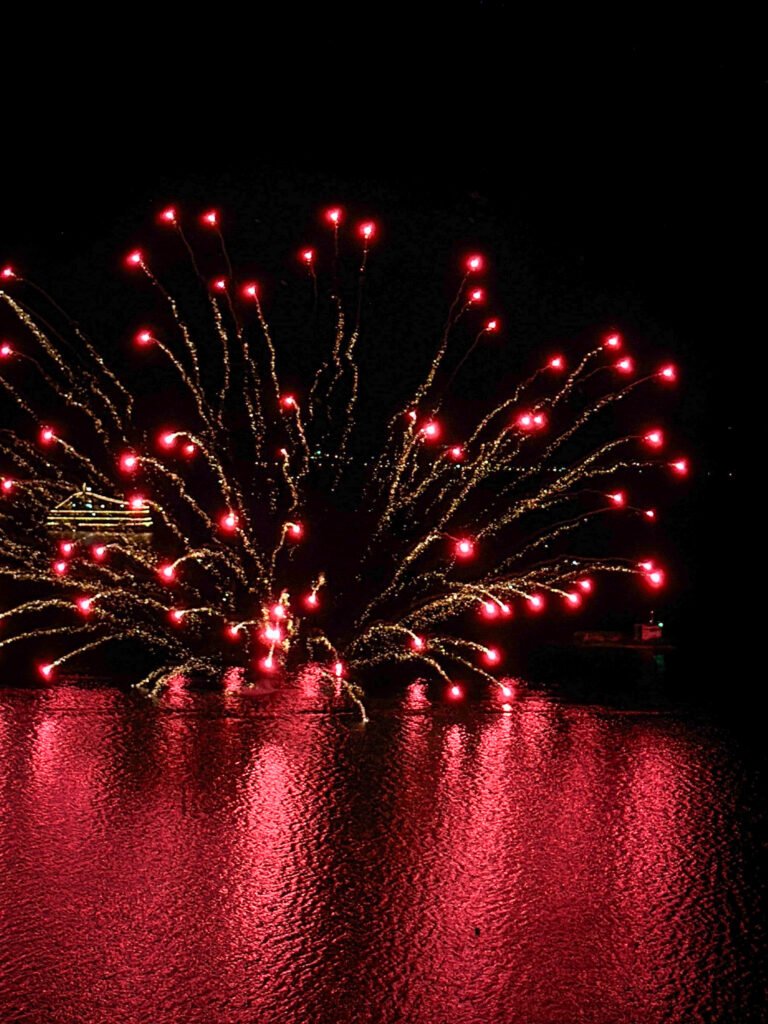
We finally arrived at Lake Toya, where we stayed at a traditional Japanese ryokan-style hotel, in a tatami room with included traditional dinner. We enjoyed the private onsen with direct views of the lake—an unforgettable experience. And to close the day in style, we watched the fireworks display over the lake, which happens every night during peak season. It was one of those moments that stays with you.
The next day, we hit the road to Noboribetsu, about 40 minutes by car from Lake Toya. Along the way, we stopped at Okei Viewpoint, a lookout with an incredible view of the lake. It was one of those spontaneous stops that’s totally worth it—the landscape there is breathtaking.
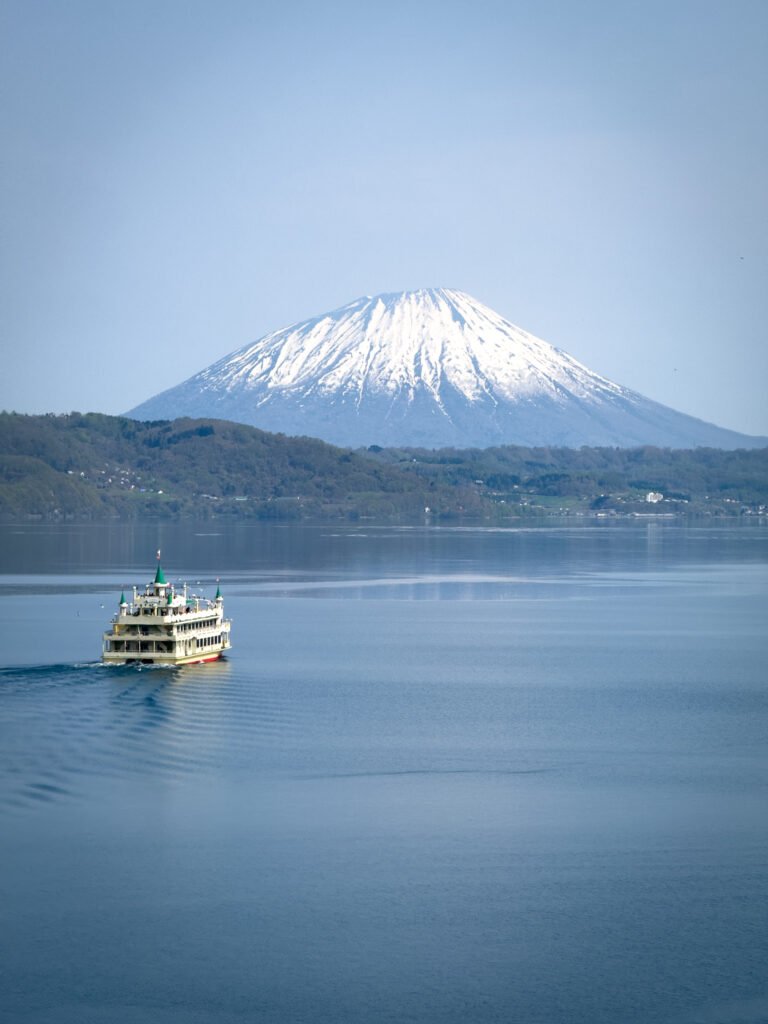
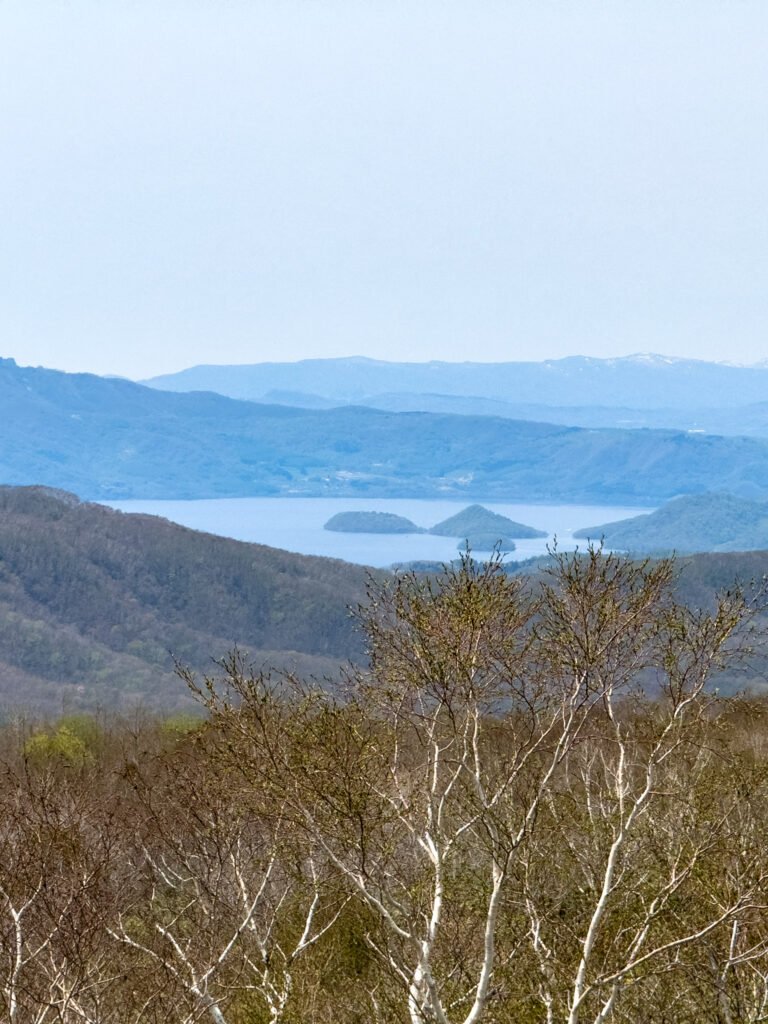
In Noboribetsu, we visited Noboribetsu Jigokudani Valley, a volcanic geological park full of activity: geysers, boiling lakes, and steam vents everywhere. It looks like a representation of hell in nature form. There are several trails around the valley, perfect for exploring at your own pace. Entry costs 500 yen and also includes access to Oyunuma Pond, where we headed next.
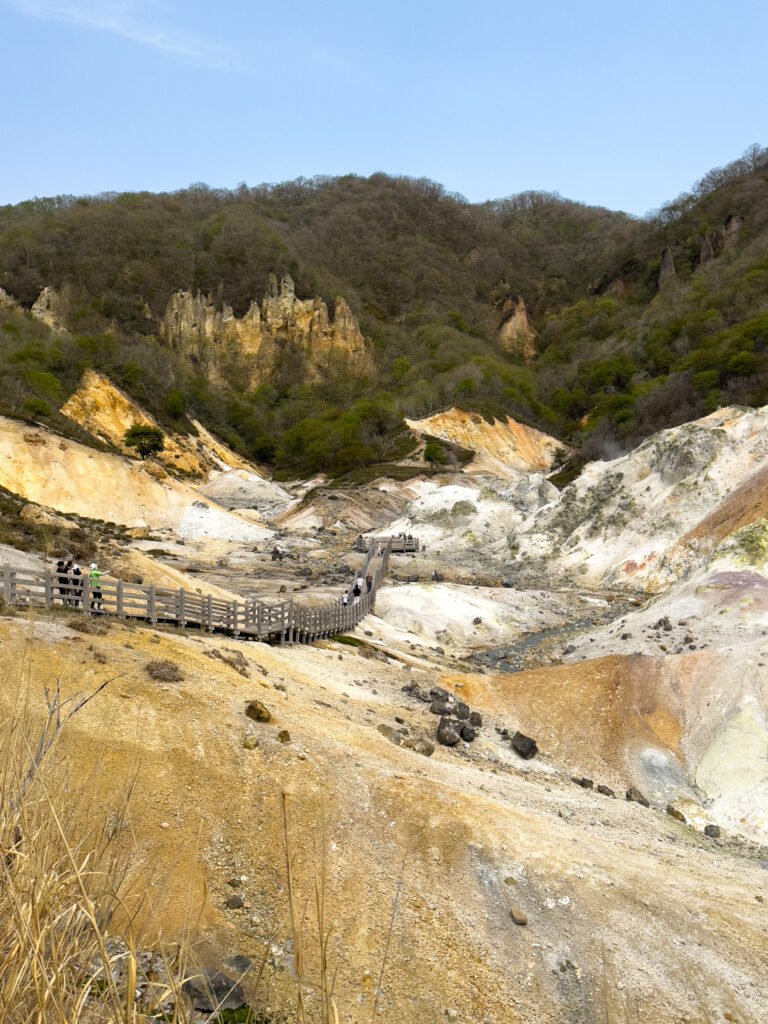
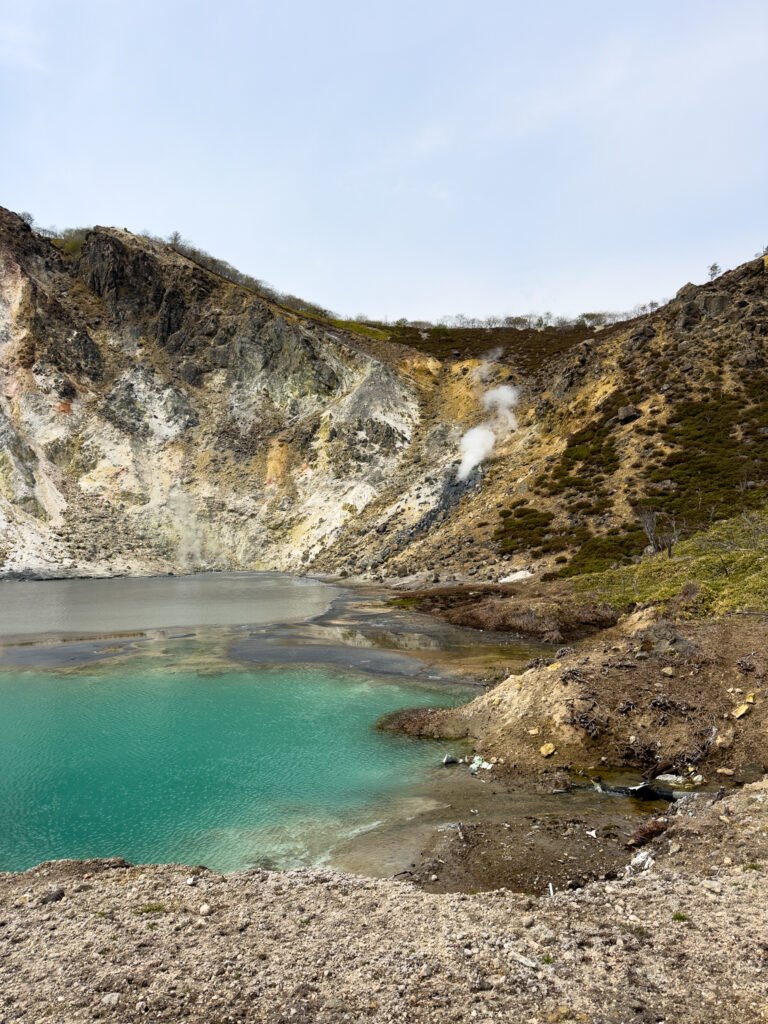
Oyunuma Pond is a lake with temperatures above 120 degrees, surrounded by steam and dense vegetation—a unique landscape. You can walk there from Jigokudani Valley, but we chose to drive. Even so, the feeling of being there, amid so much natural force, was unforgettable.
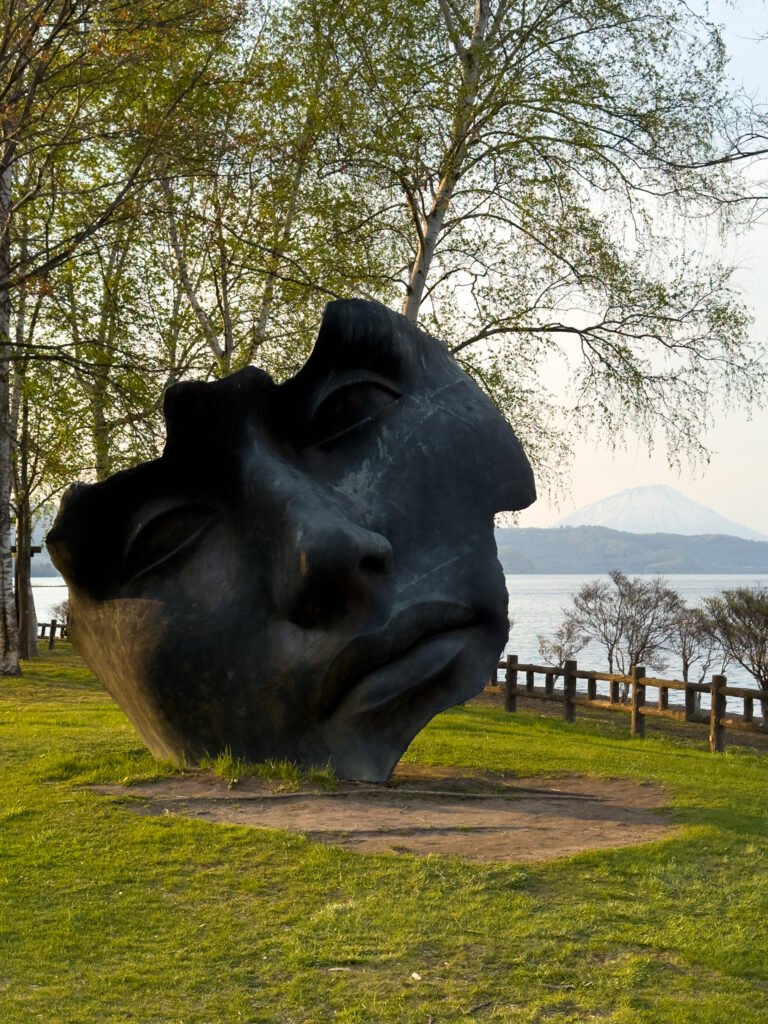
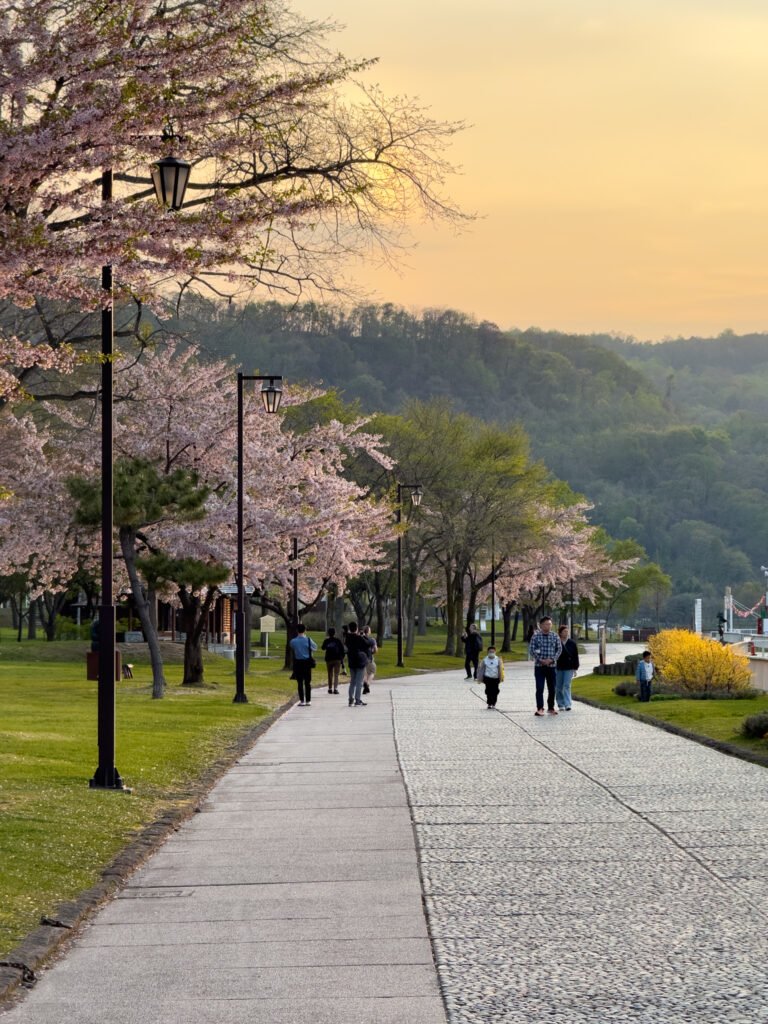
On our return to Lake Toya, we took advantage of the end of the day to do one of our favorite things there: walking along the lakeshore. With the sunset, the cherry blossoms in bloom by the water, and the mountains in the background, the golden hour light made everything even more magical.
See our suggestions for where to stay at Lake Toya.
Hakodate: 3 nights
We left Lake Toya in the morning, already knowing that the road to Hakodate wouldn’t have many must-stop points. Still, we chose a toll-free road, slower but much more beautiful: the sea on one side, green-covered mountains on the other. It’s really worth taking this drive slowly and enjoying the landscapes—it was one of the most pleasant car rides we had in Hokkaido.
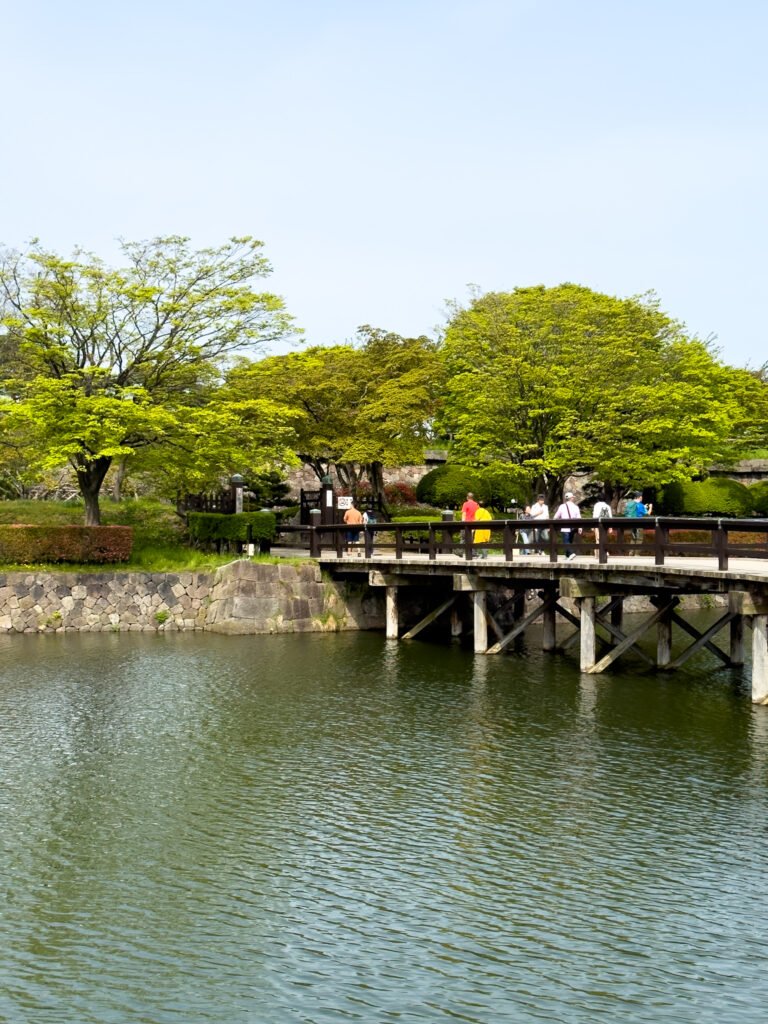
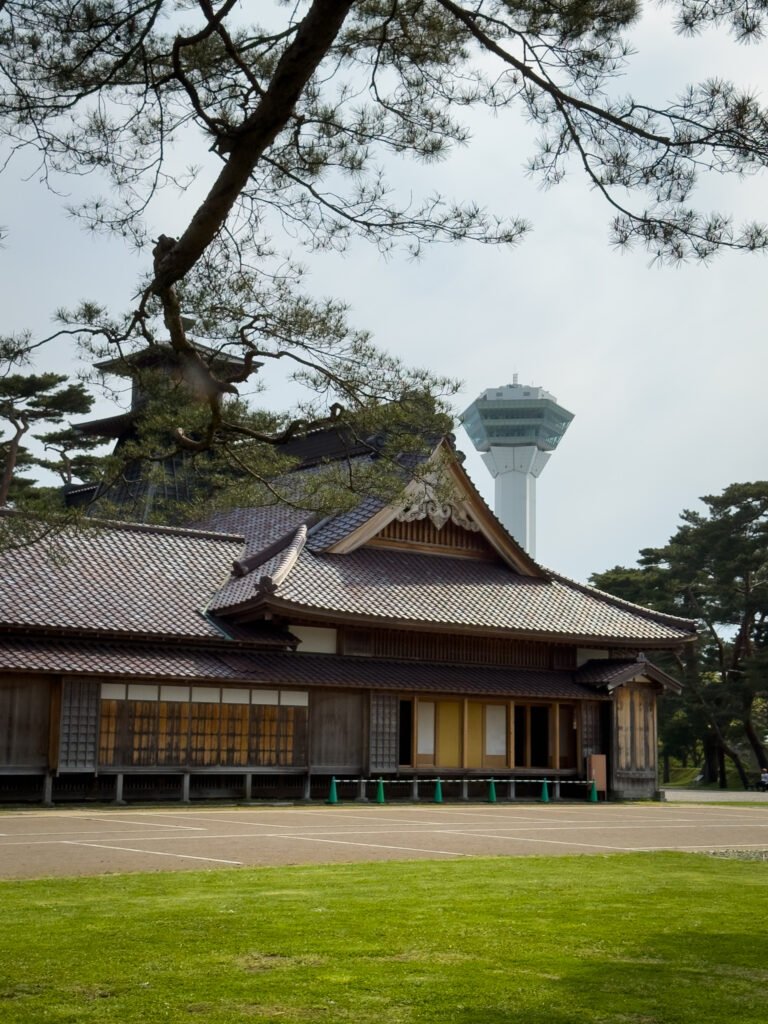
Near Hakodate, before returning the car, we took the opportunity to visit Goryōkaku, a star-shaped historical park. Climbing Goryōkaku Tower gives you an incredible view of the garden and the city, especially during cherry blossom season. In our case, it was already the end of the blooming period, so we decided not to go up, but the walk through the park was worth it. Besides the garden, we visited Hakodate Magistrate’s Office, a meticulously reconstructed building that helps you better understand the region’s history.
Before heading downtown, we stopped for lunch at a local chain restaurant, Lucky Pierrot. The atmosphere is super quirky, with decor inspired by old movies, and the food offers good value—ideal for a quick and different meal.
We returned the car downtown and, by the end of the day, explored Daimon Yokocho, an alley full of traditional izakayas. The vibe is laid-back, with dim lighting, counter seating, and typical dishes to share. It was a great way to end the day and start discovering Hakodate’s more local side.
Hakodate wasn’t, for us, a city full of must-see attractions. Maybe one day would be enough for most travelers. But the truth is, after so many days exploring Hokkaido, we felt we needed to slow down. And Hakodate ended up being the right place for that.
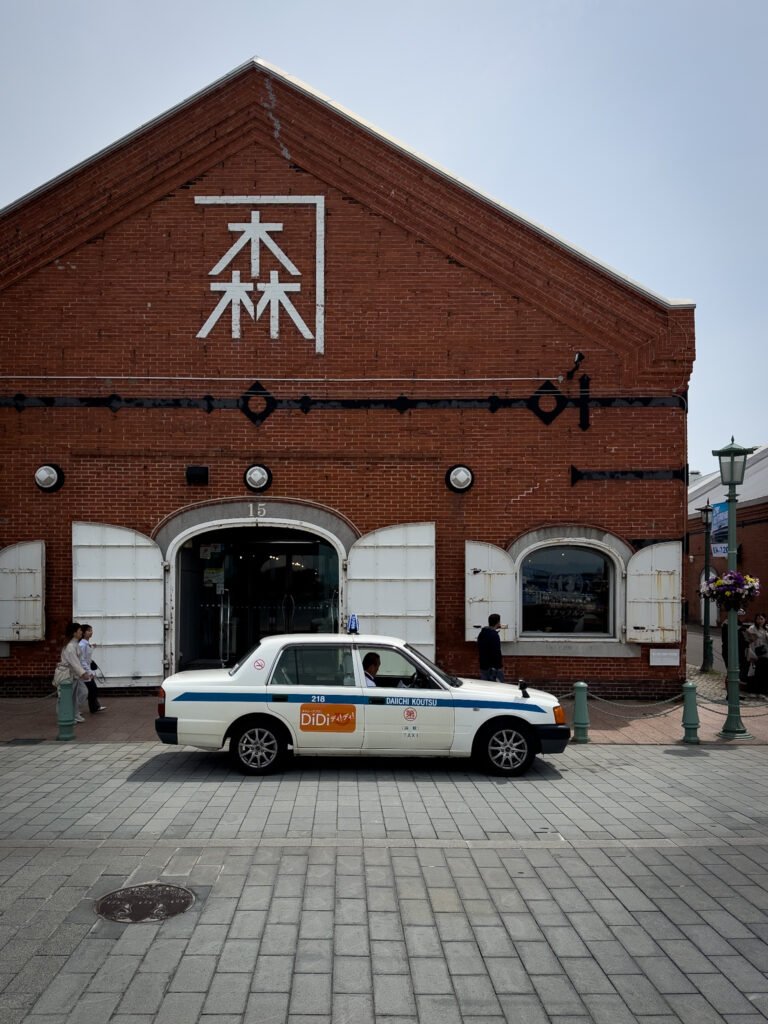
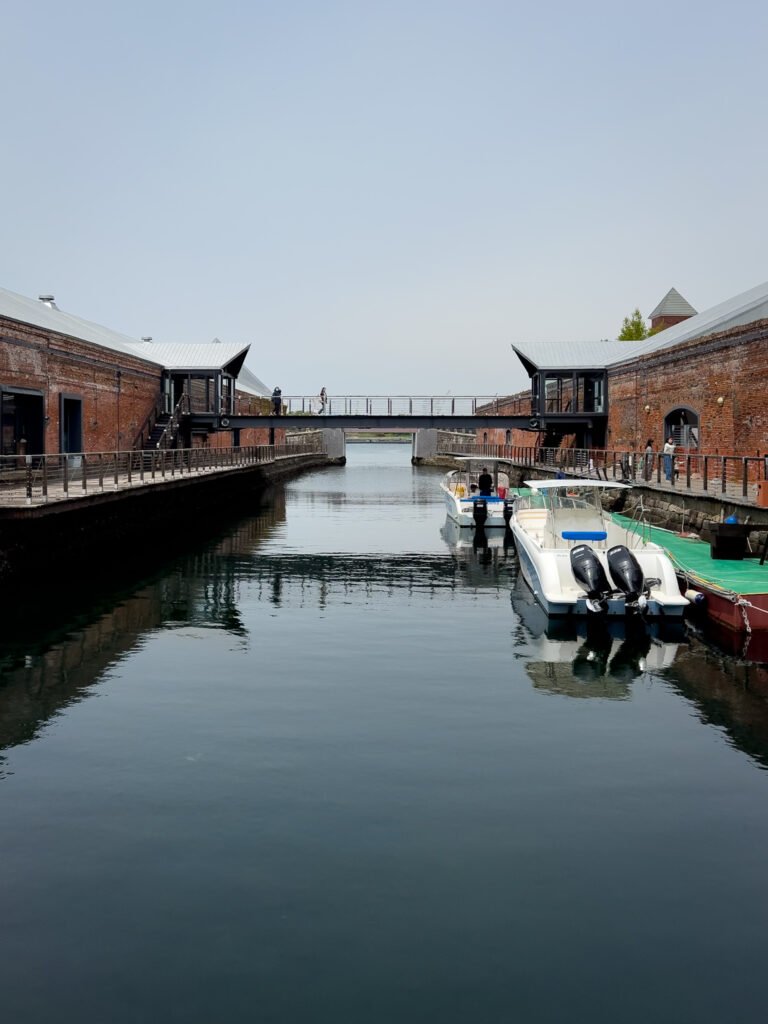
During the two full days we spent there, we let ourselves be carried by a slower pace. We started at the Red Brick Warehouses, old port warehouses transformed into shops and cafés. It’s touristy, yes, but worth it for the bay views and relaxed atmosphere.
Our favorite part, however, was Motomachi, the neighborhood with the most European influence in Hakodate. The cobblestone streets, wooden houses with elegant details, churches of different religions—everything there seems like it’s from another time. Climbing those hills with sea views, feeling the cool coastal breeze, was one of the best experiences in the city.
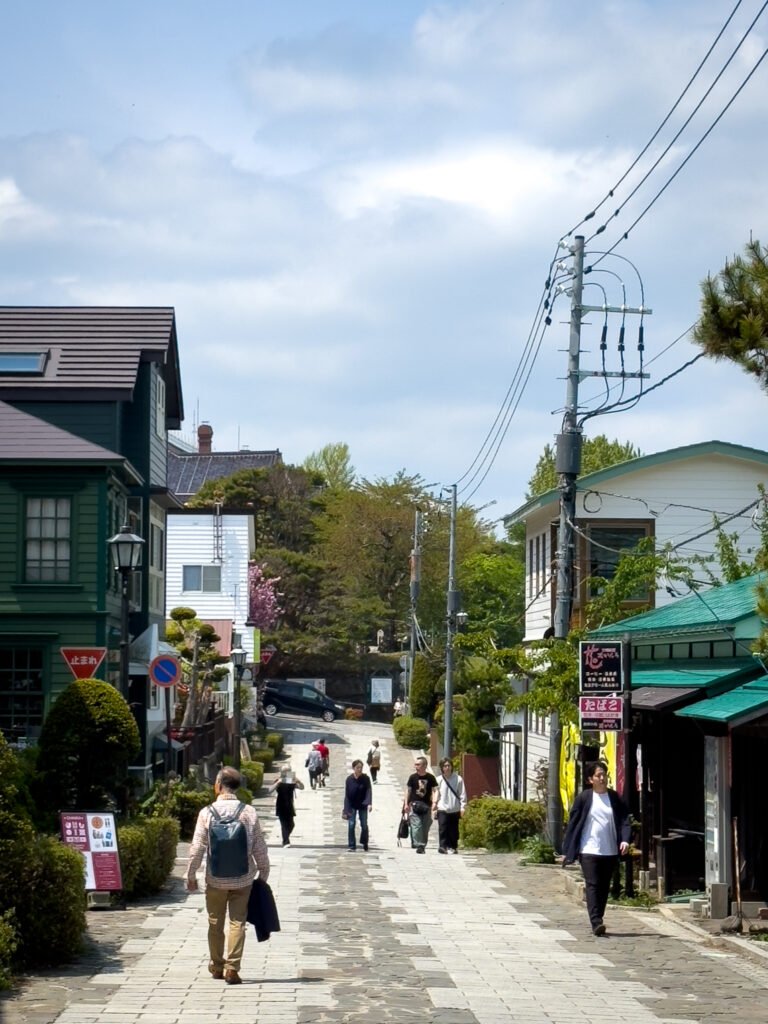
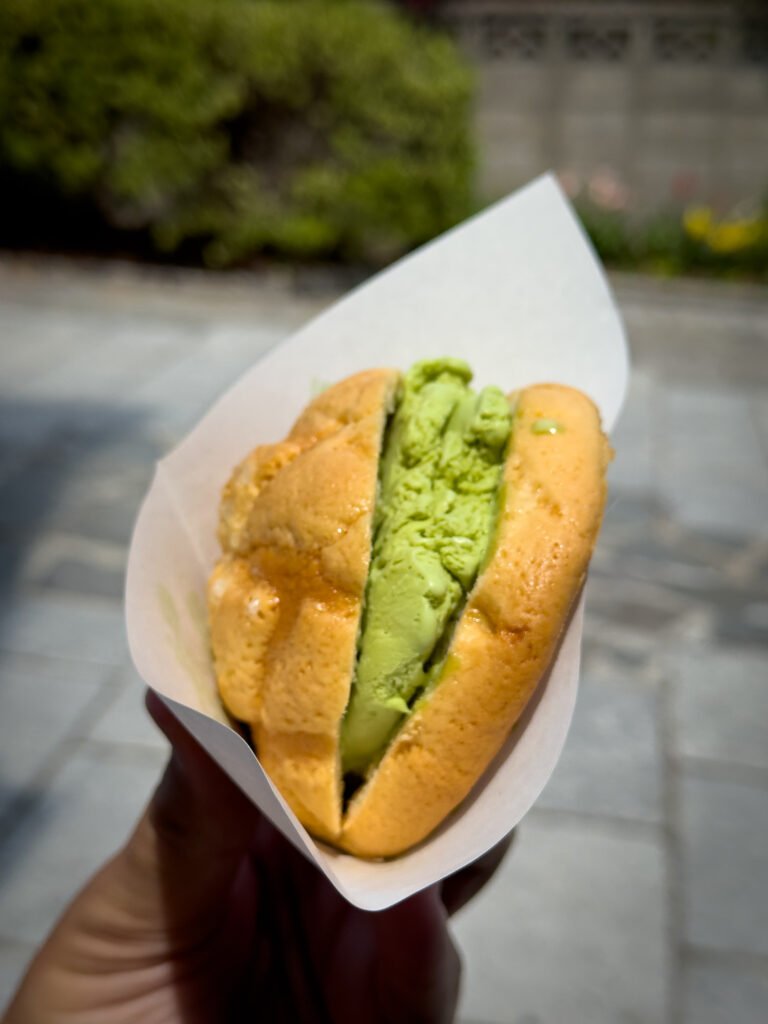
And of course, we couldn’t resist the famous melonpan with ice cream from the shop with the most curious name ever: The Second Most Delicious Ice Cream Melon Bread in the World. The name might be strange, but the taste is something else—sweet bread, still warm, with the perfect contrast of fresh ice cream. Worth every calorie.
Another strong memory we took from Hakodate was dinner at Benten Sushi. A small counter with about eight seats, where an older couple welcomed us with a simplicity and dedication that left a mark. We chose the omakase experience, where the chef decides the menu on the spot, depending on what’s freshest. The sushi was incredibly delicate, the fish ultra-fresh, and each piece was served directly at the counter, without distractions or frills. The woman, always attentive, would ask with a shy smile: “oishii?”—and luckily, thanks to Duolingo, we knew that meant “delicious.” We could reply with a smile and a “hai, oishii!”, which made the moment even more special.
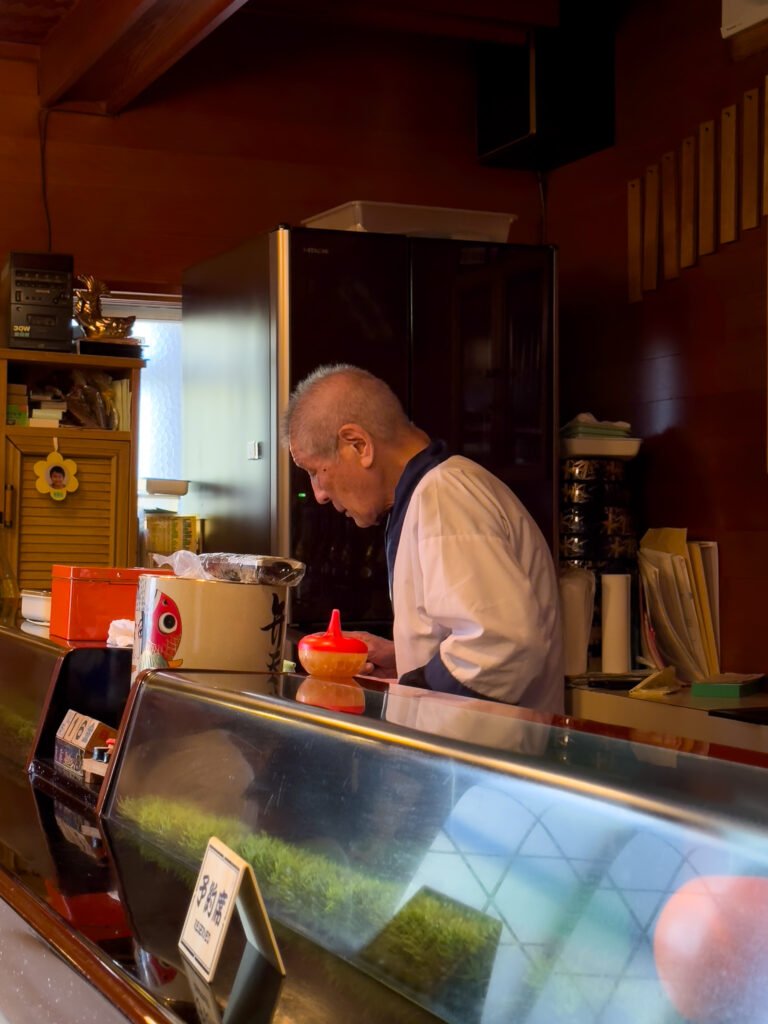
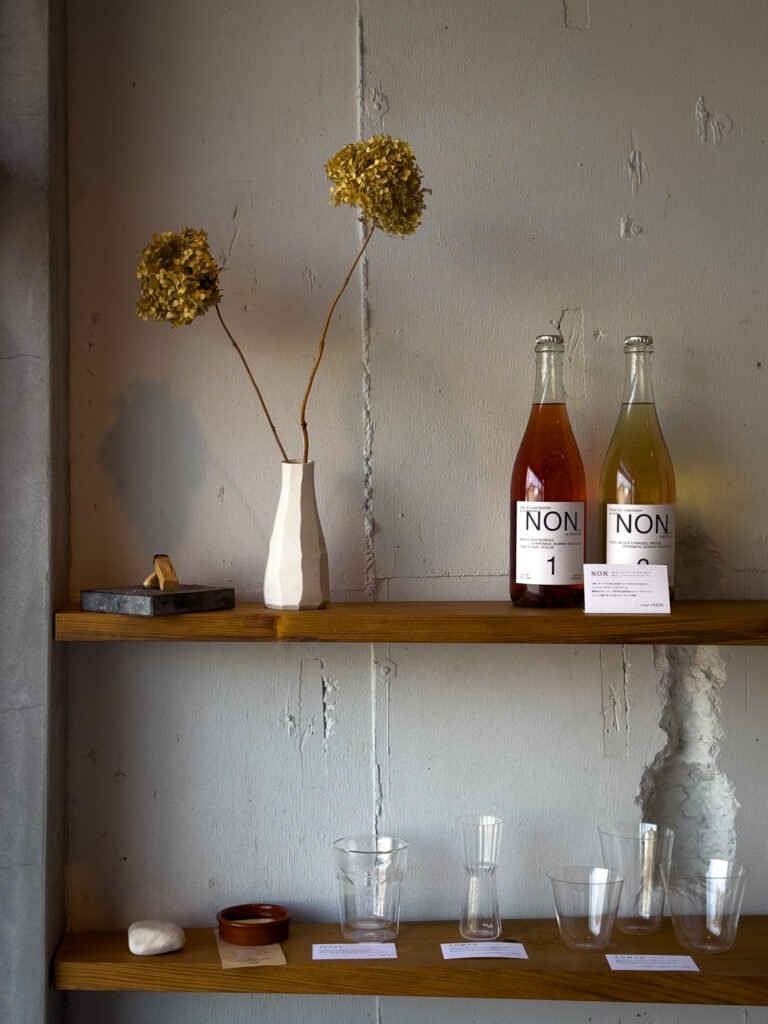
There was still time for coffee at Nel, a small but welcoming space, perfect for a break and watching local life go by slowly.
Still in Otomachi, we took the ropeway to Mount Hakodate in the late afternoon. They say the night view is one of Japan’s most beautiful—and we understood why. Up there, we saw the city lights turn on with the sea in the background. A truly magical scene. And judging by the number of people at the viewpoint, we weren’t the only ones who thought so. If you go to Hakodate, don’t miss this moment. Go up at dusk and bring a jacket—it can get chilly up there.
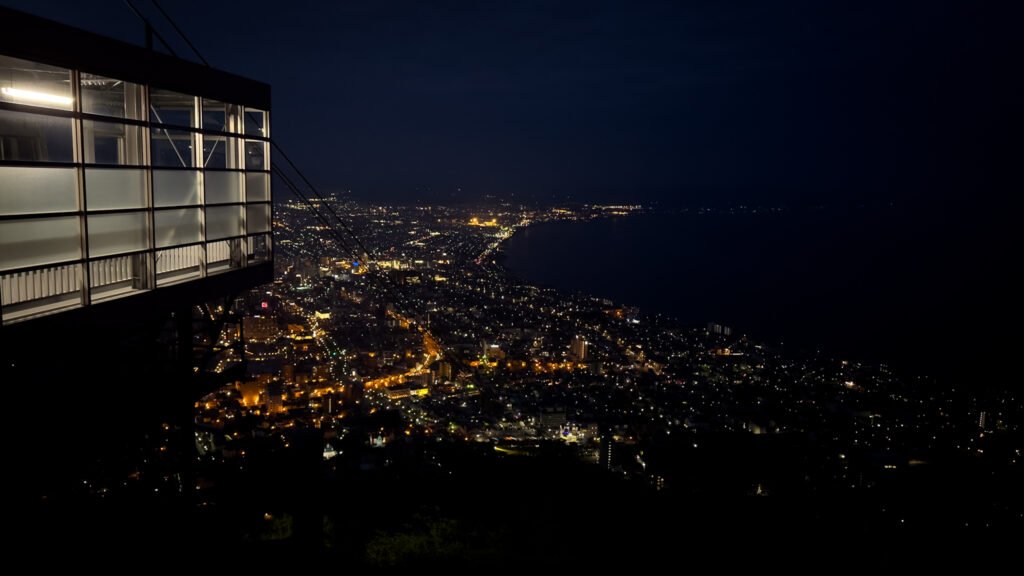
That wasn’t everything we did in Hakodate, but it’s what stayed with us the most.
At the end of these days, we took the ferry to Aomori, thus closing our itinerary on the island of Hokkaido—with lighter hearts and luggage full of small stories that only happen when you slow down.
See our suggestions for where to stay in Hakodate.
Tips for a Hokkaido road trip
- Avoid driving at night. There’s less lighting on rural roads, and in some areas, animals may cross (we saw deer several times).
- Watch out for tolls. If you’ll use highways, you can request an ETC Card (similar to Via Verde). Some rental companies offer this service, but it’s best to confirm.
- Refuel in advance. There are areas where gas stations are scarce—especially outside major cities.
- Bring snacks and water. You may drive long stretches without many places to stop. Combini (Japanese convenience stores) help, but they don’t always appear when you want them to.
- Enjoy the onsens. Hokkaido has incredible hot springs, and relaxing in an onsen after a day on the road is a must.



